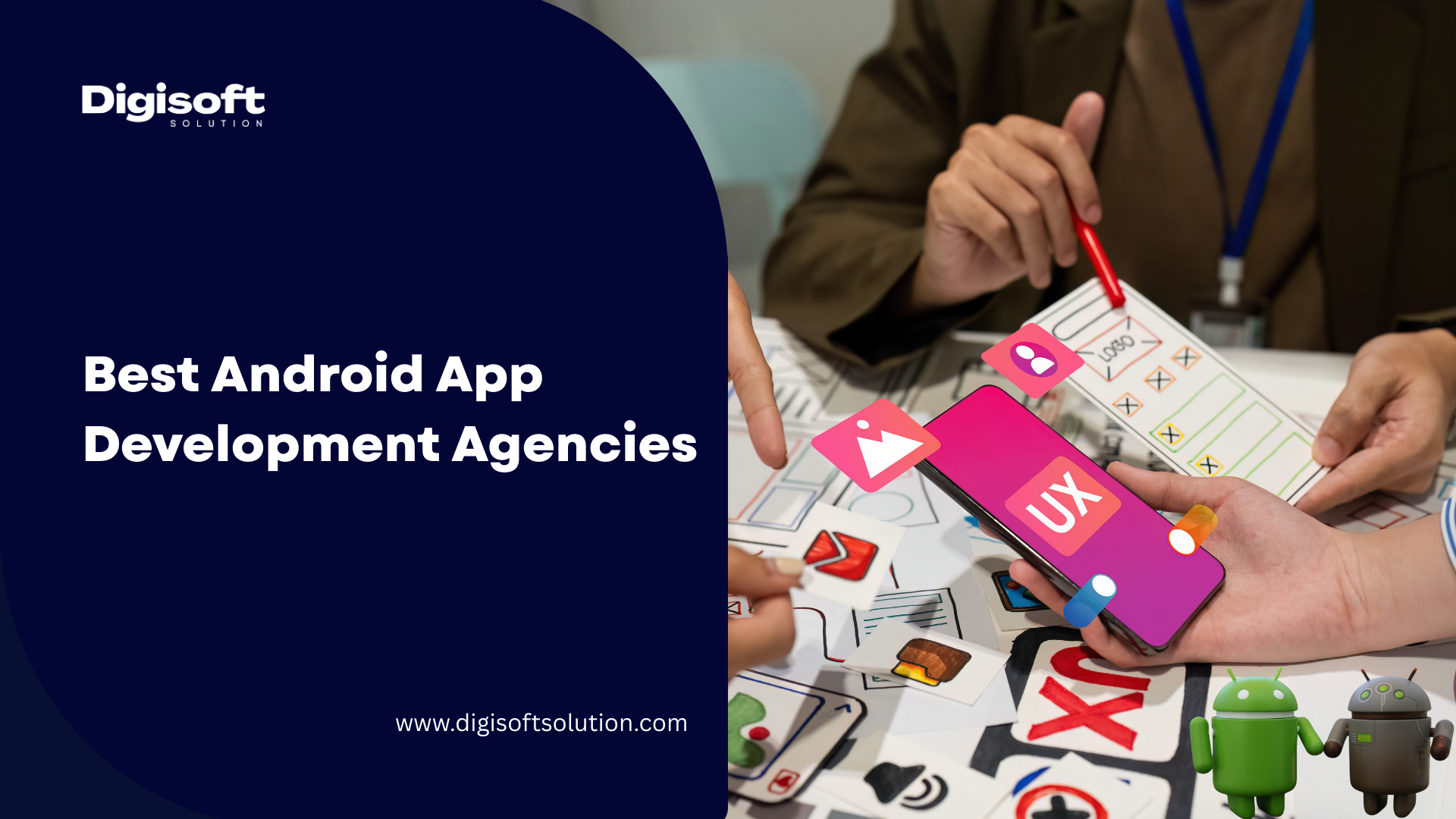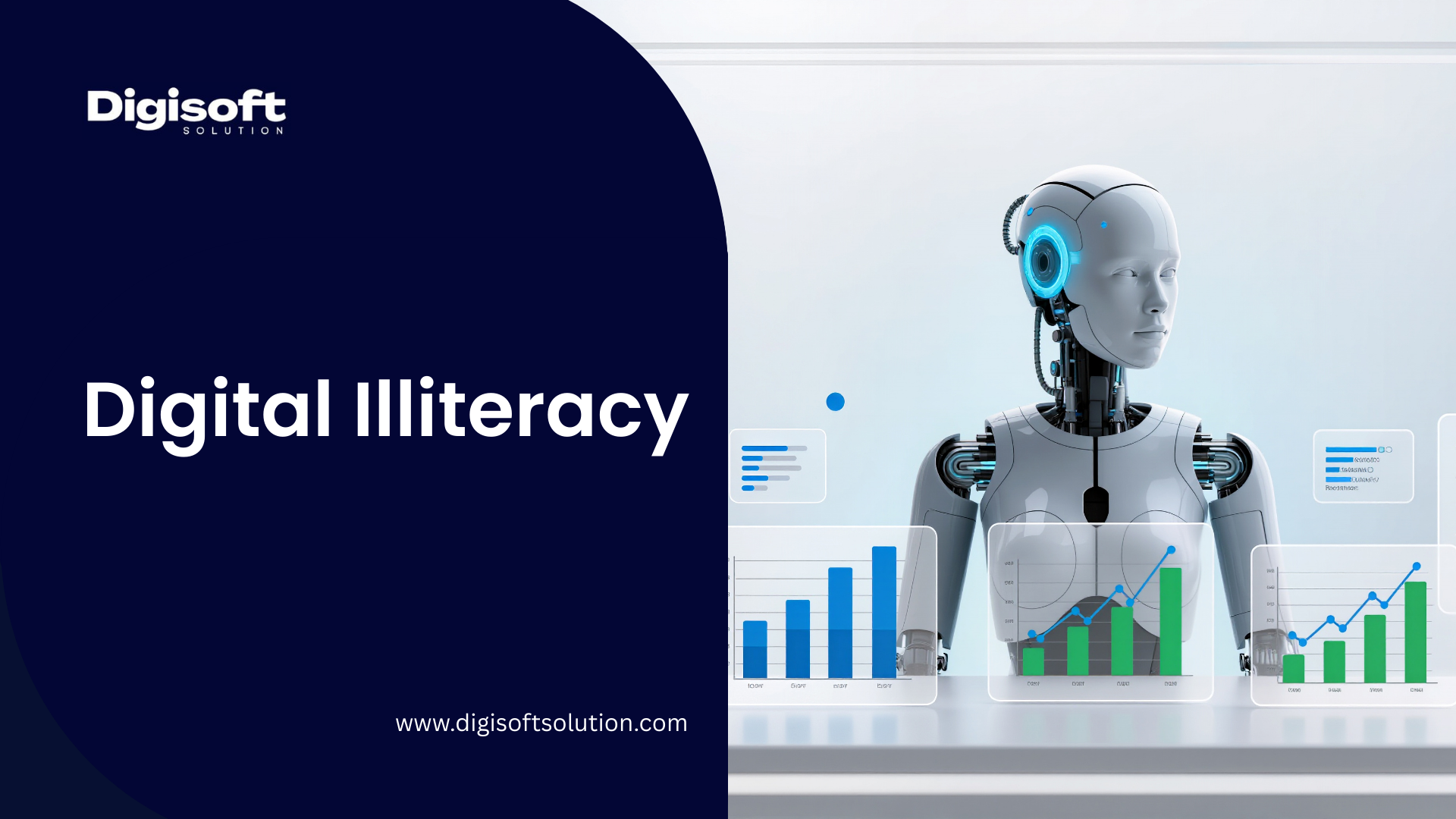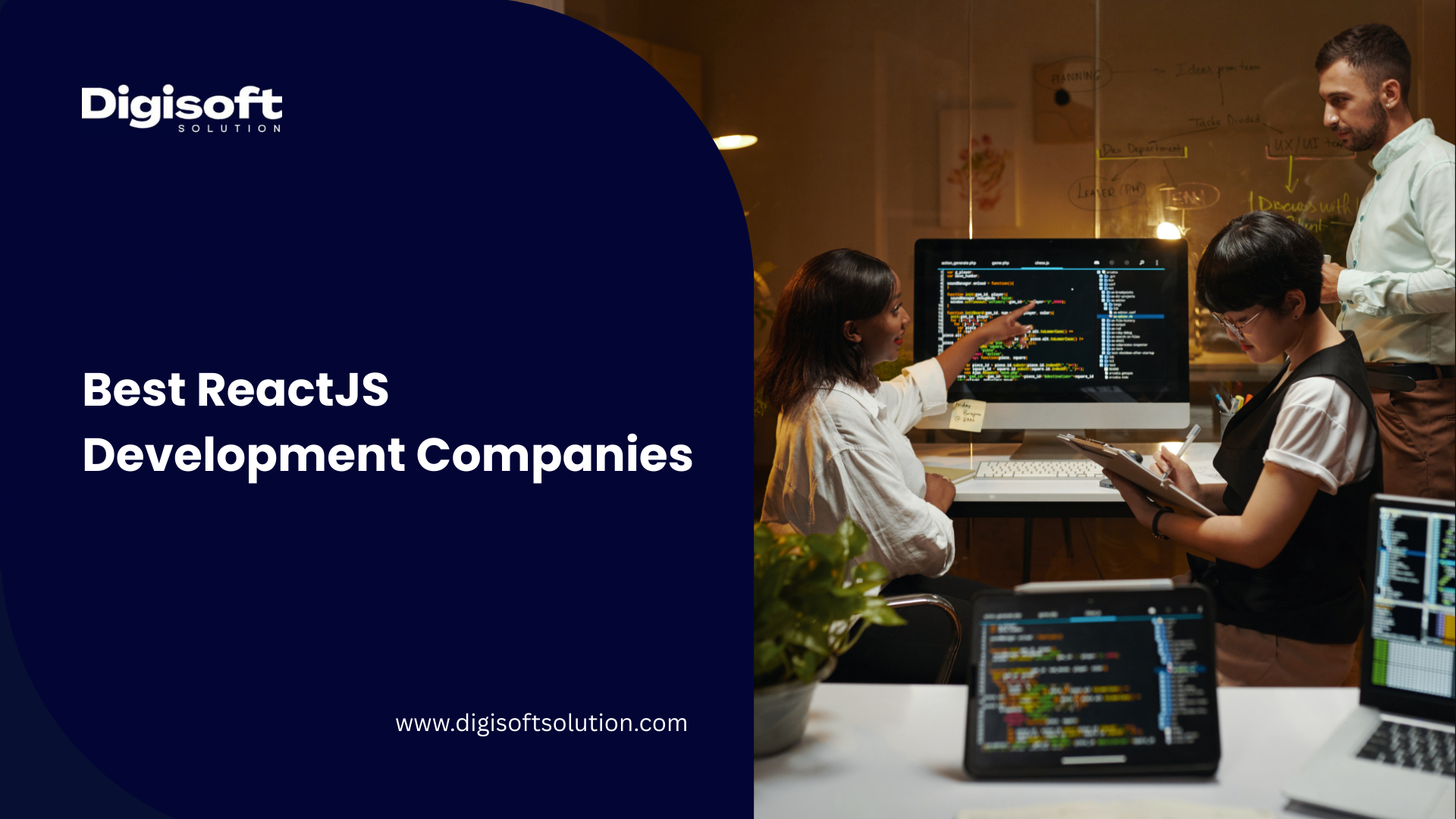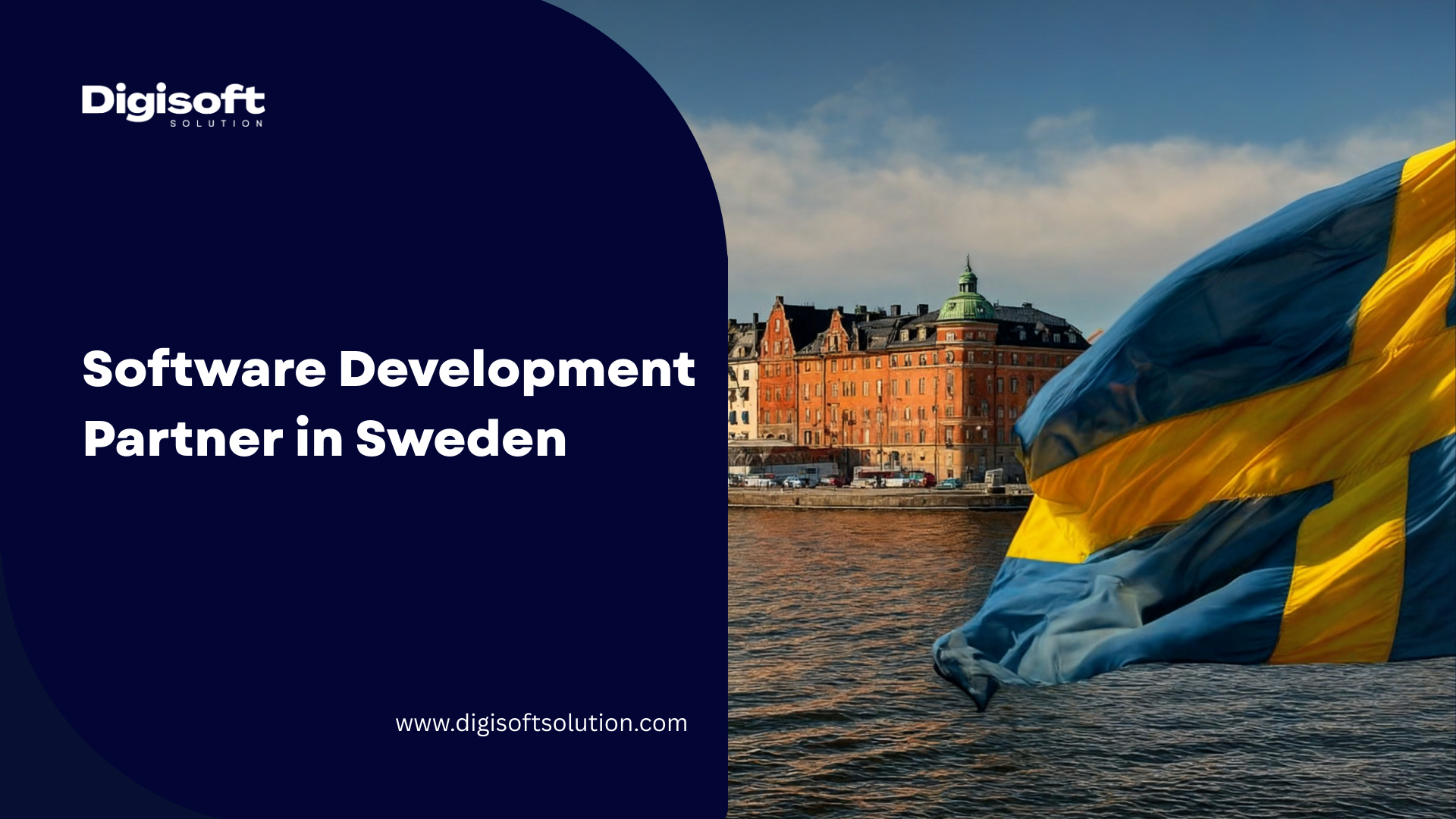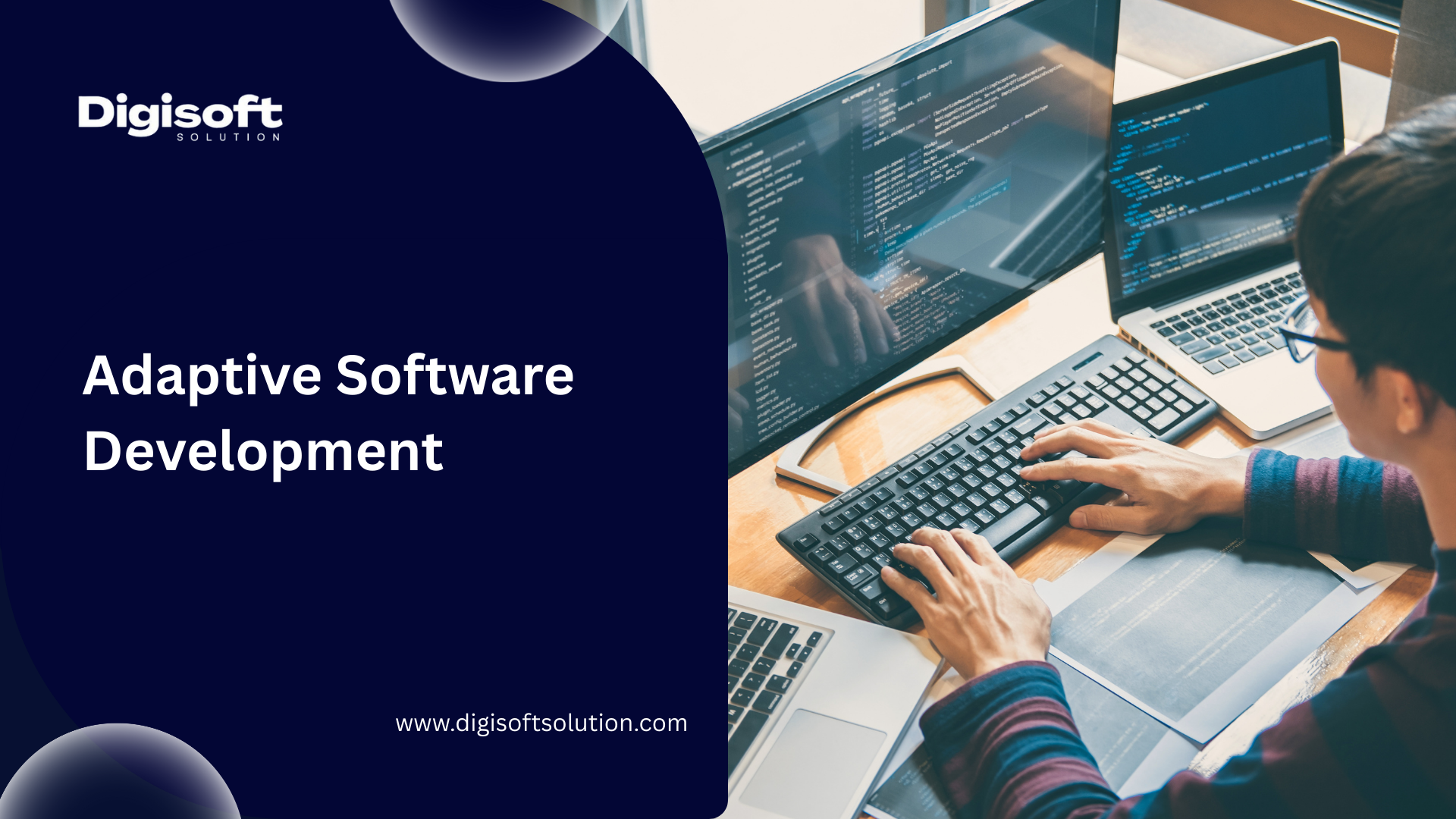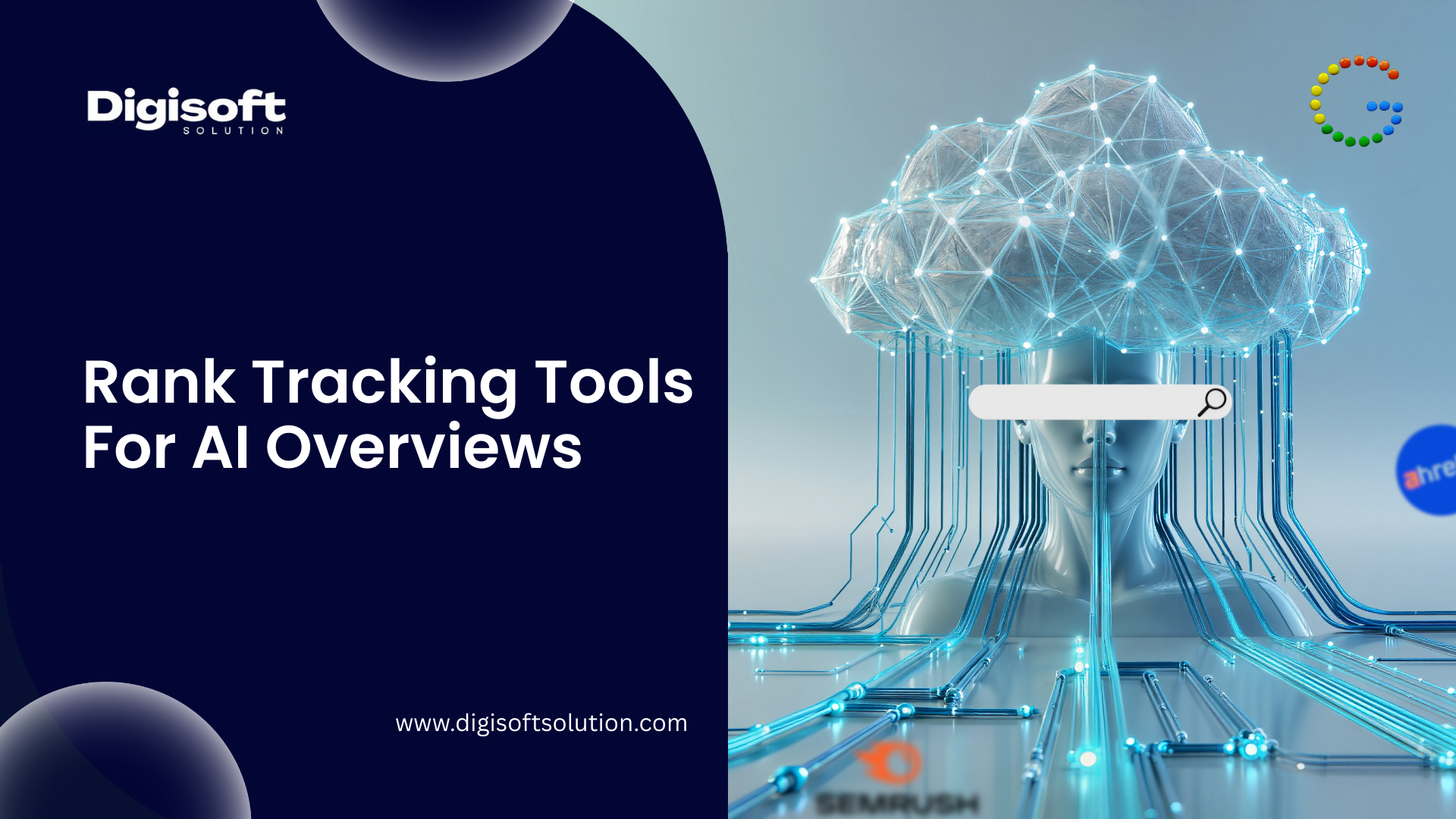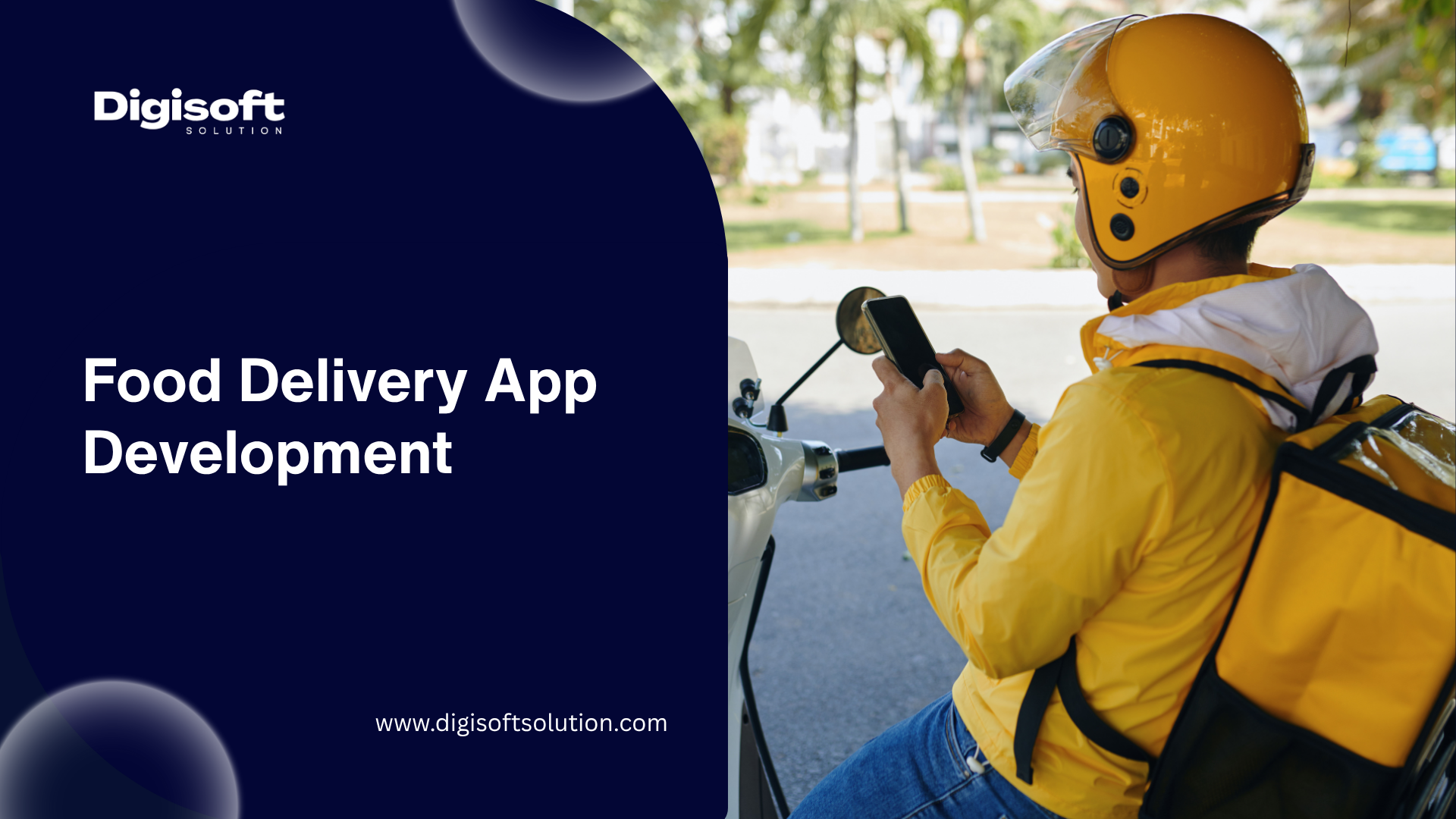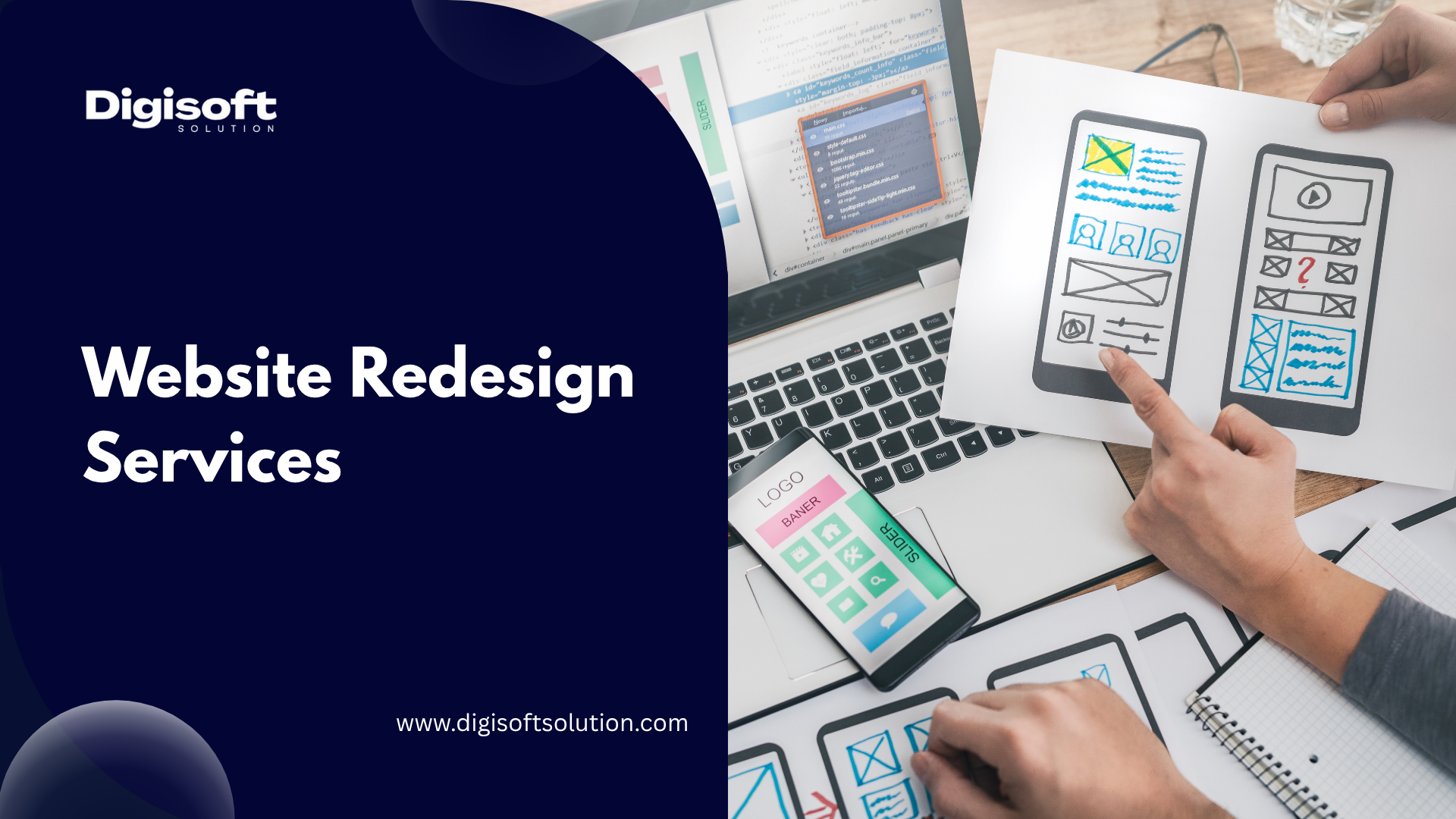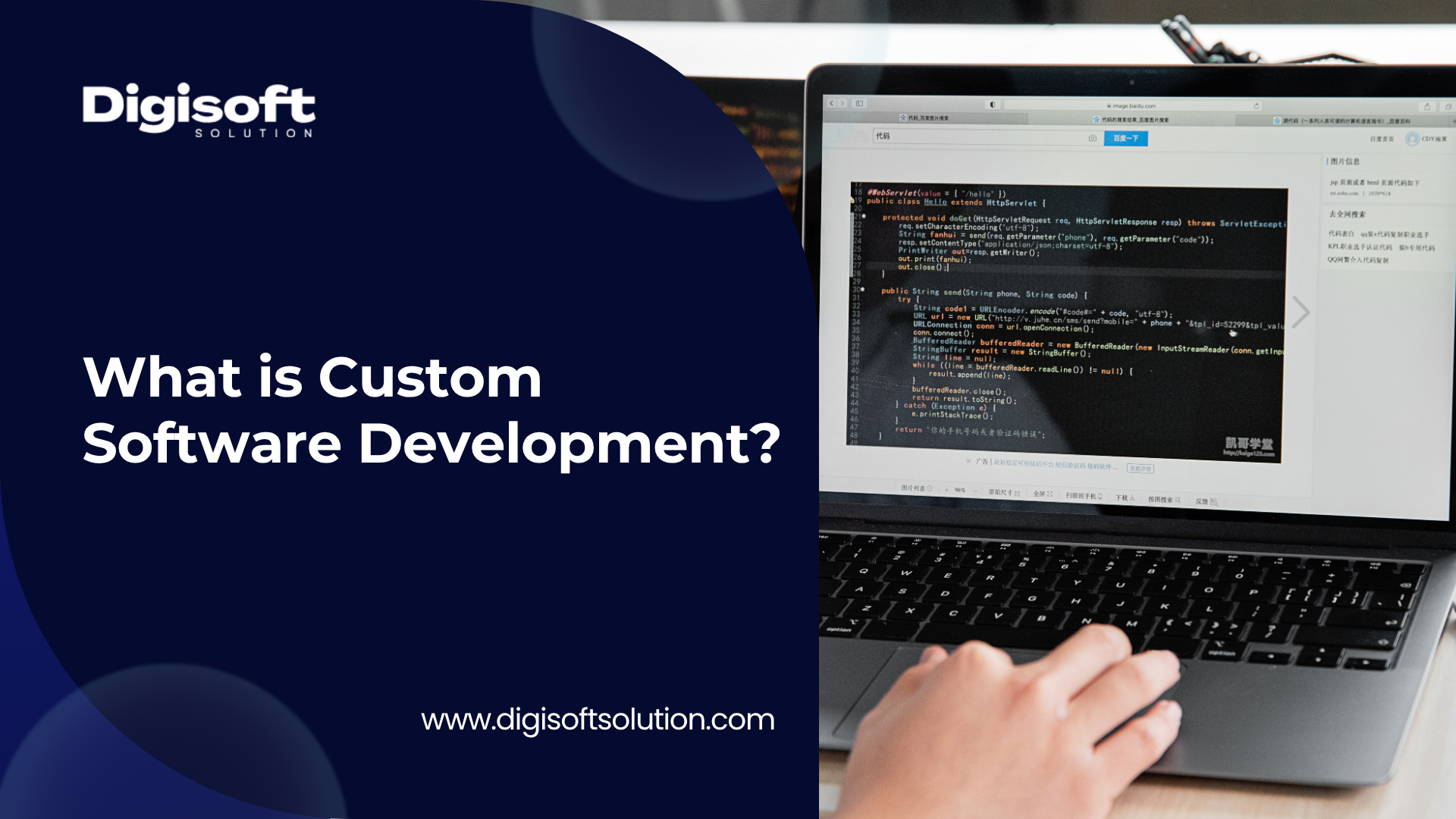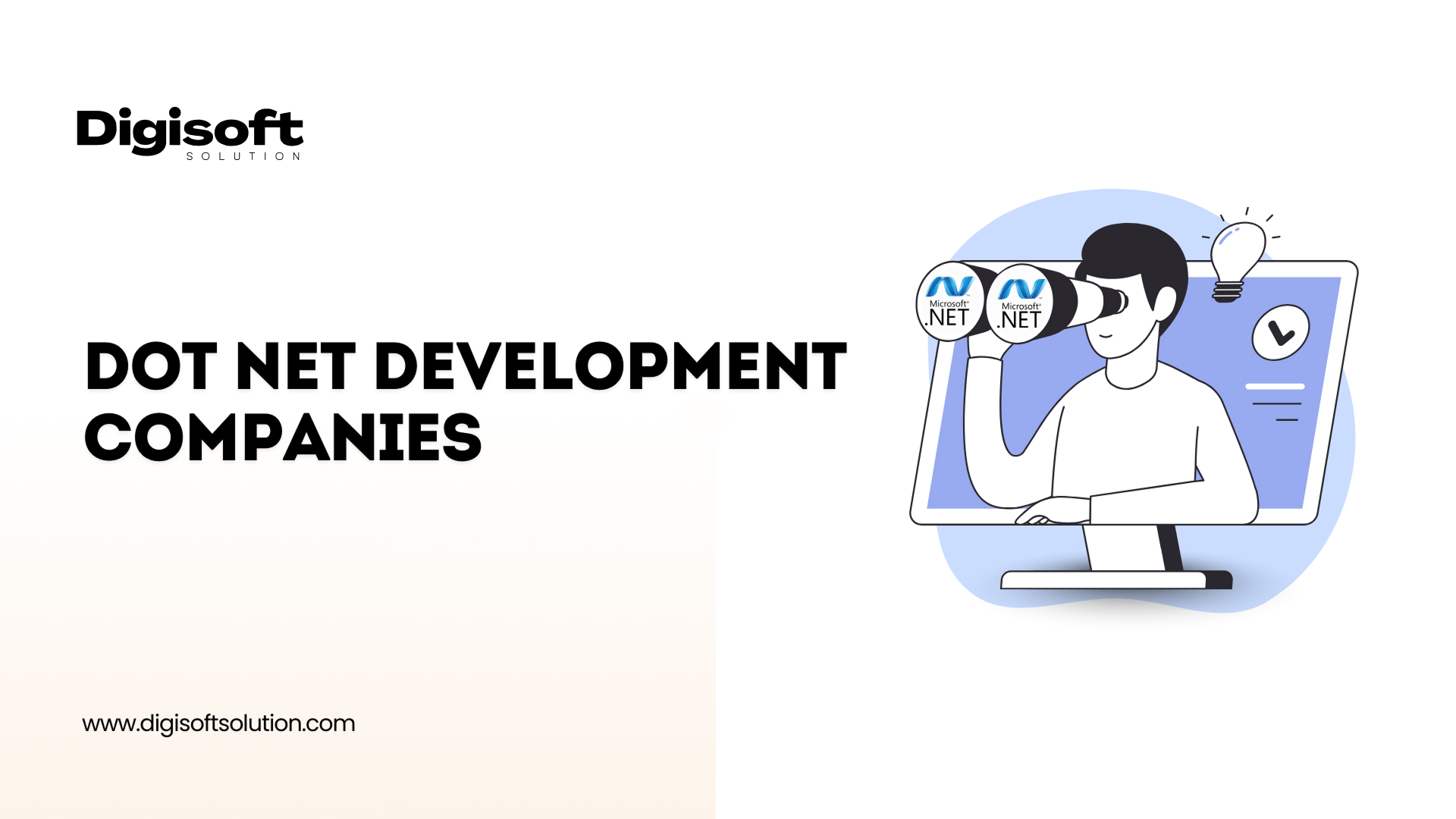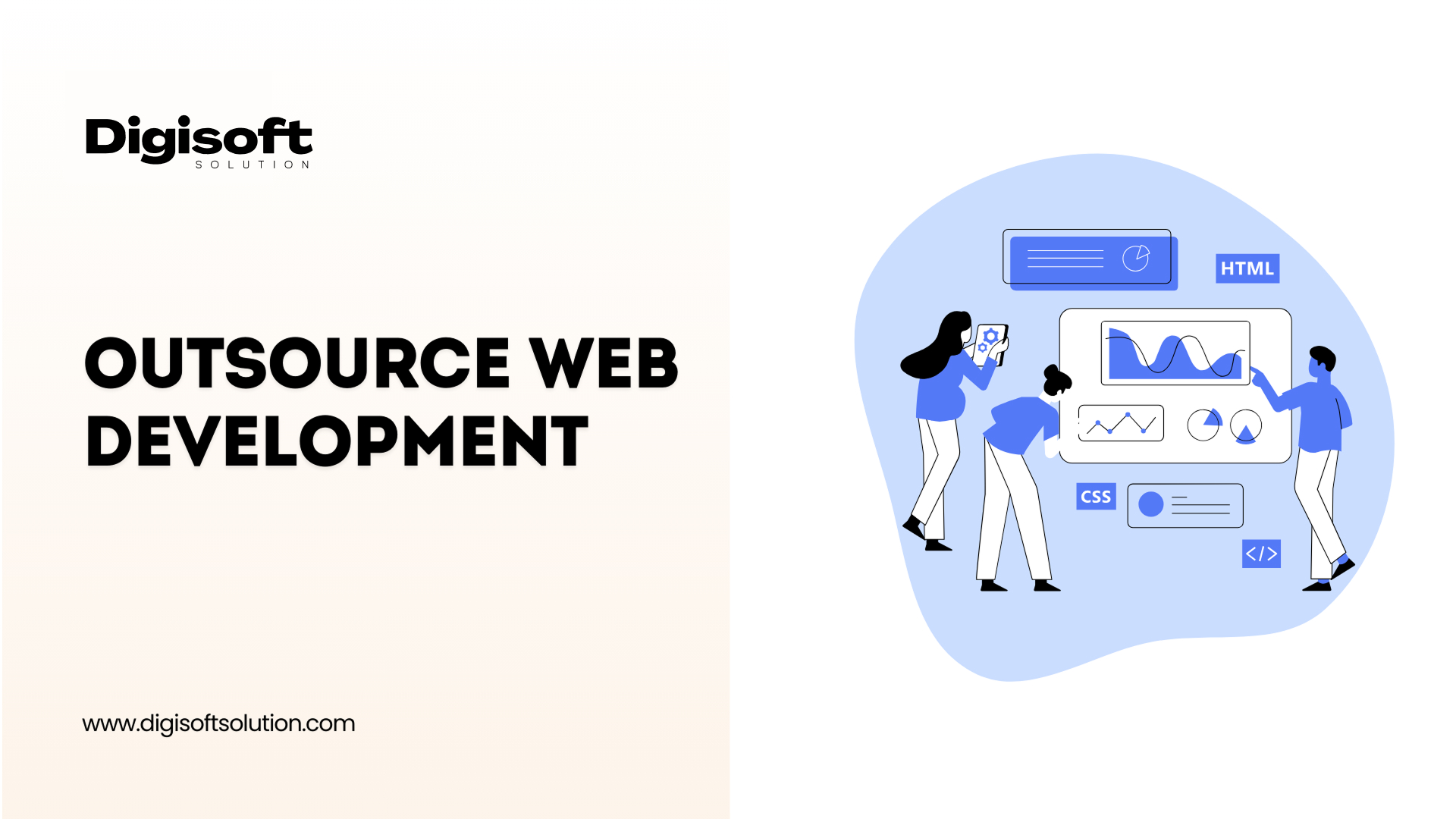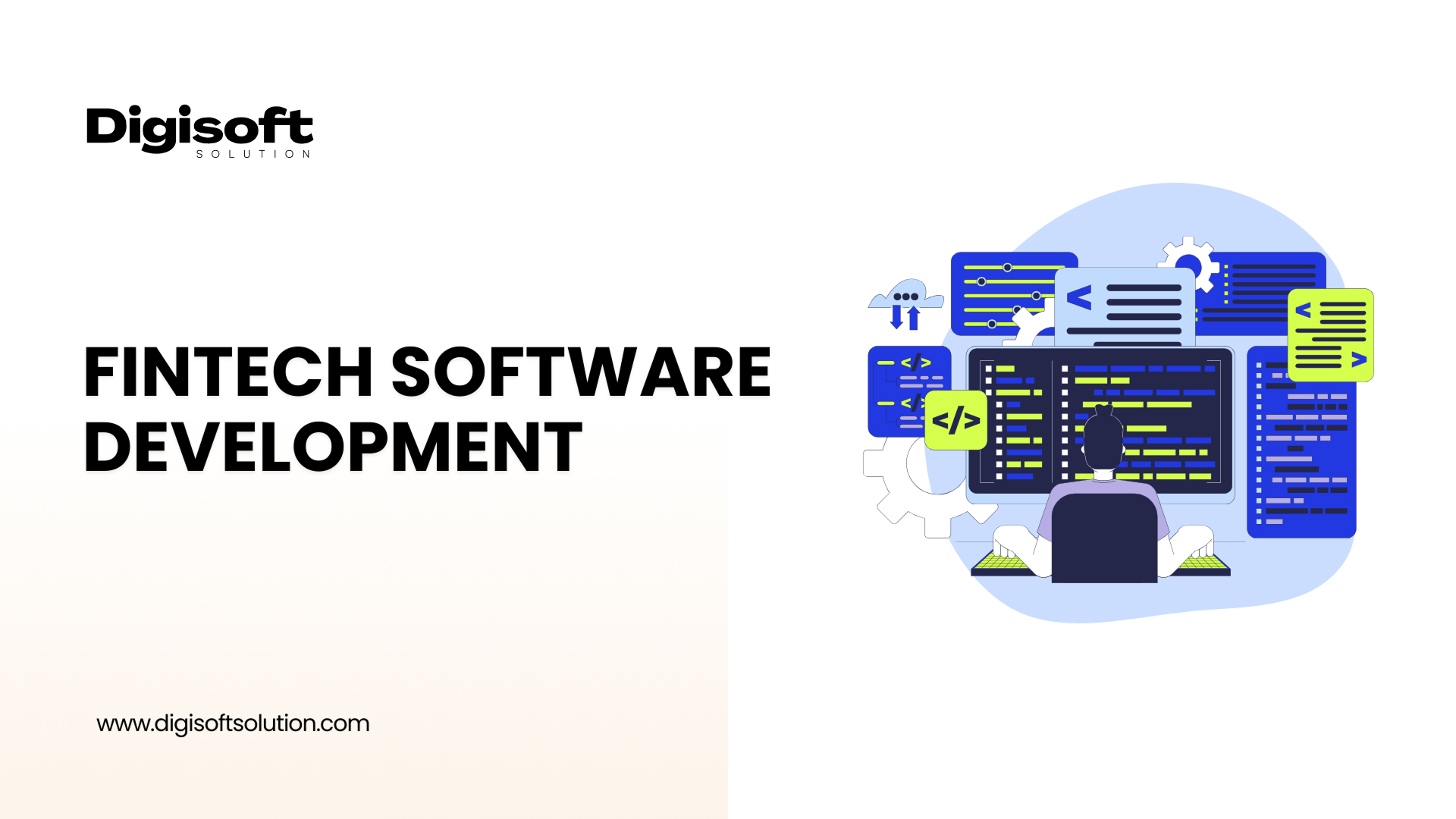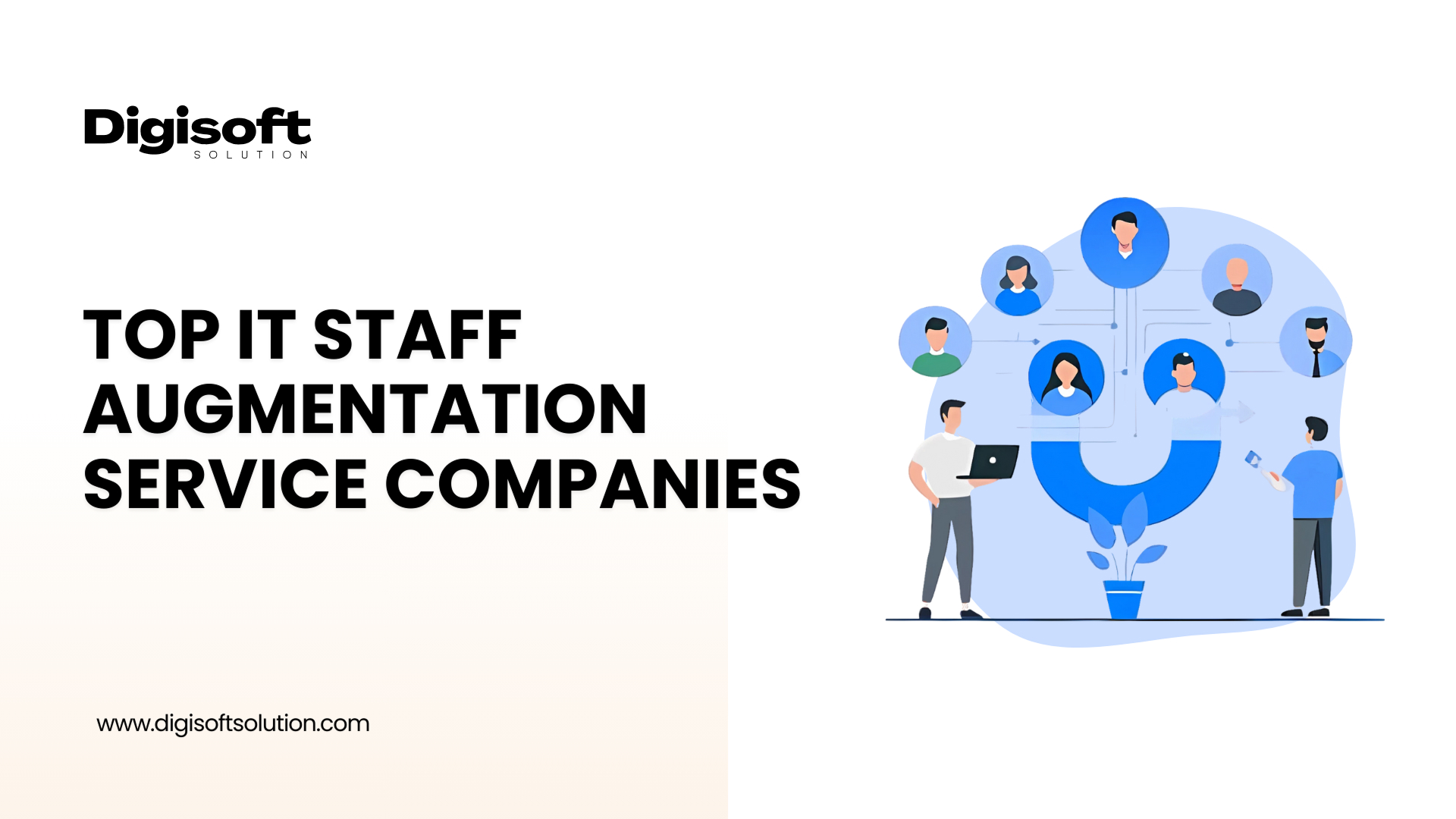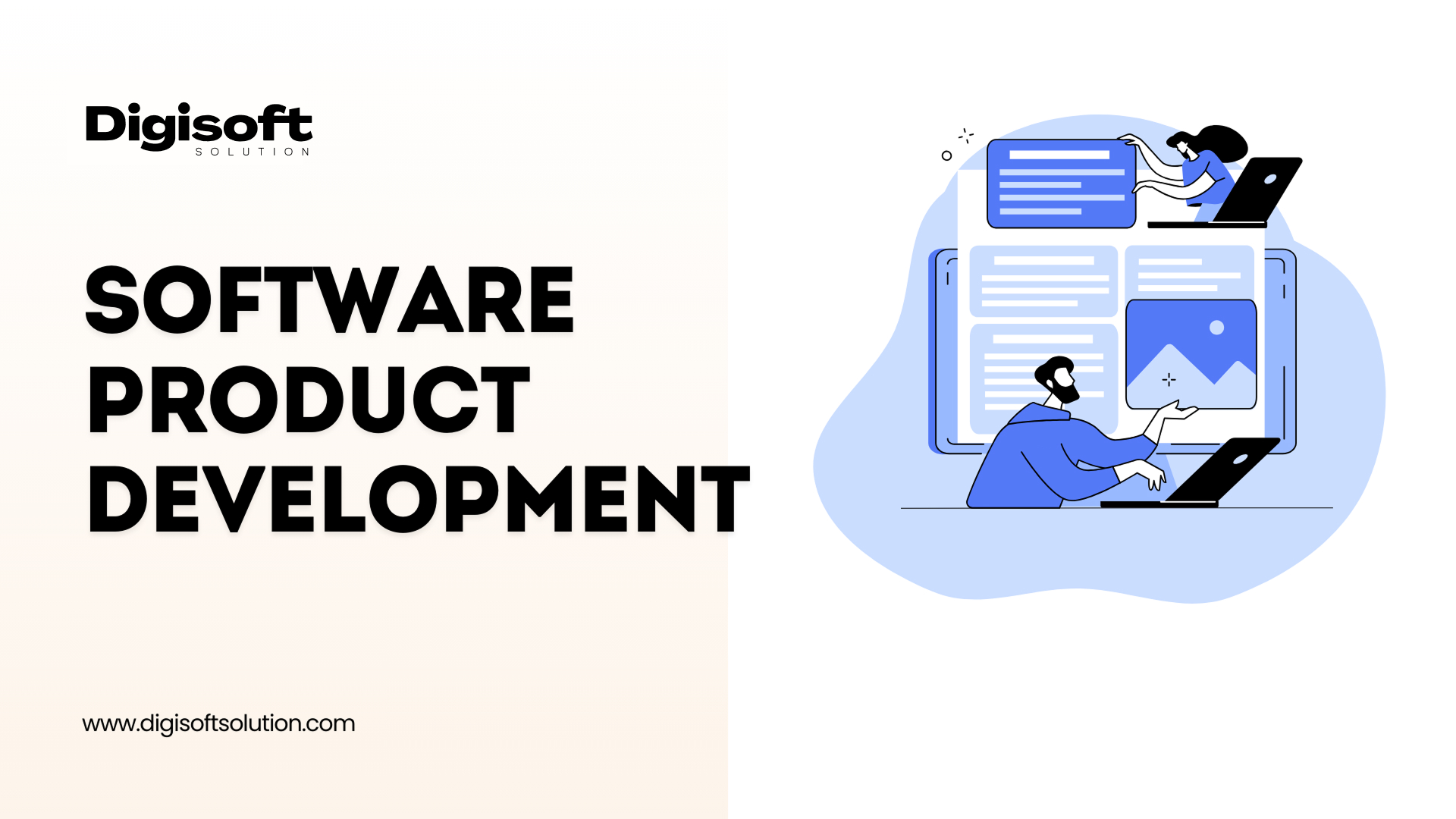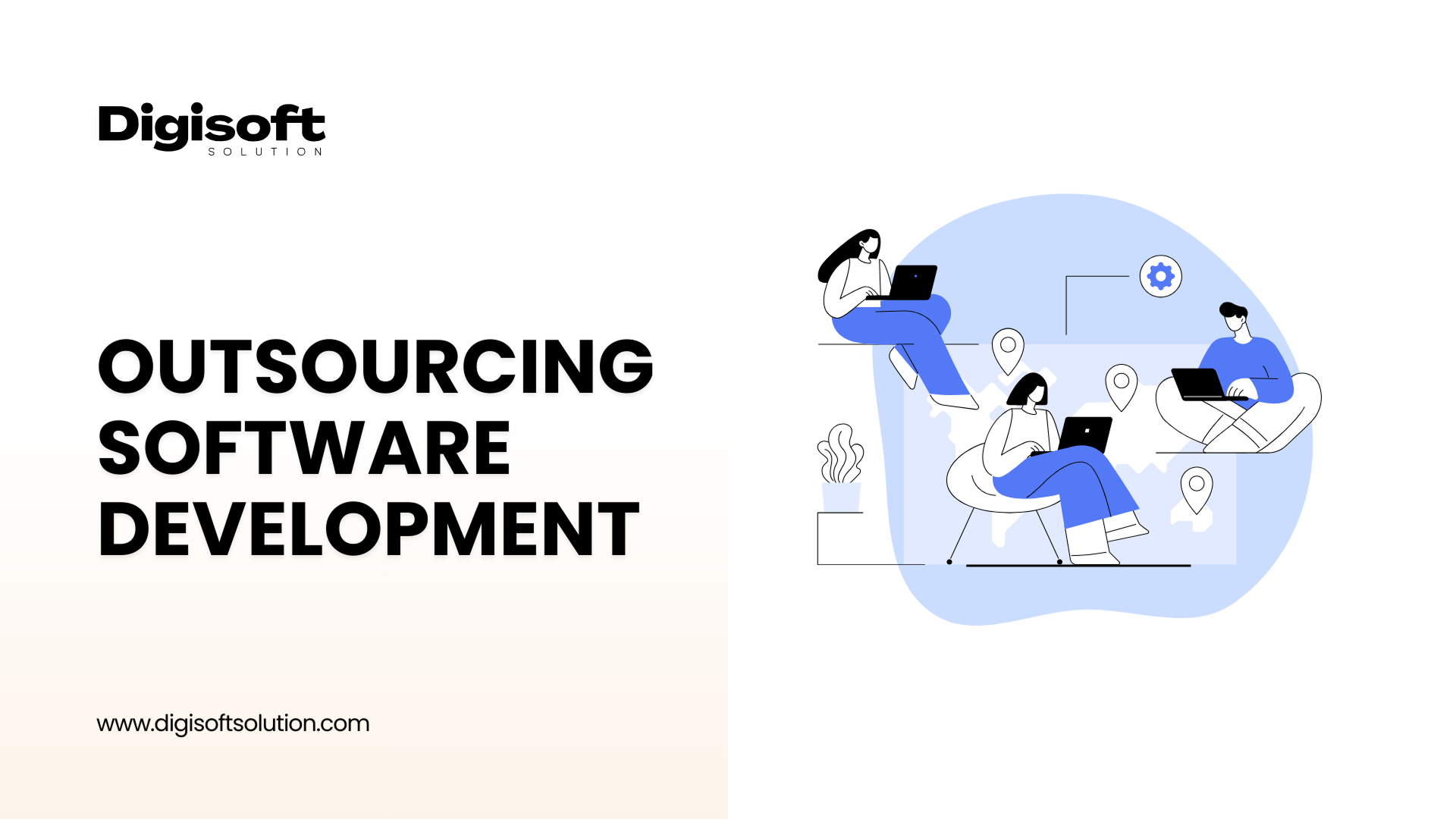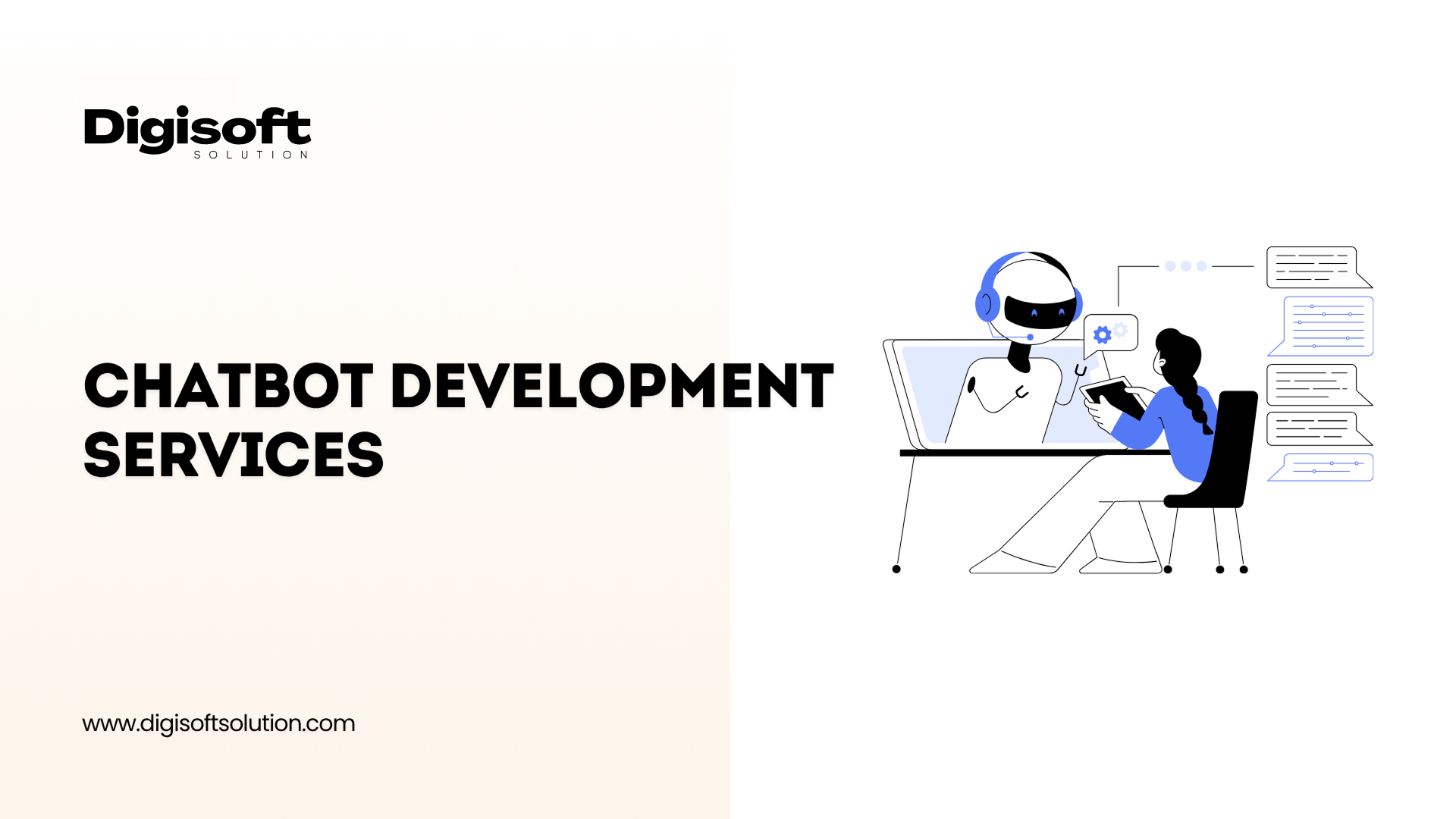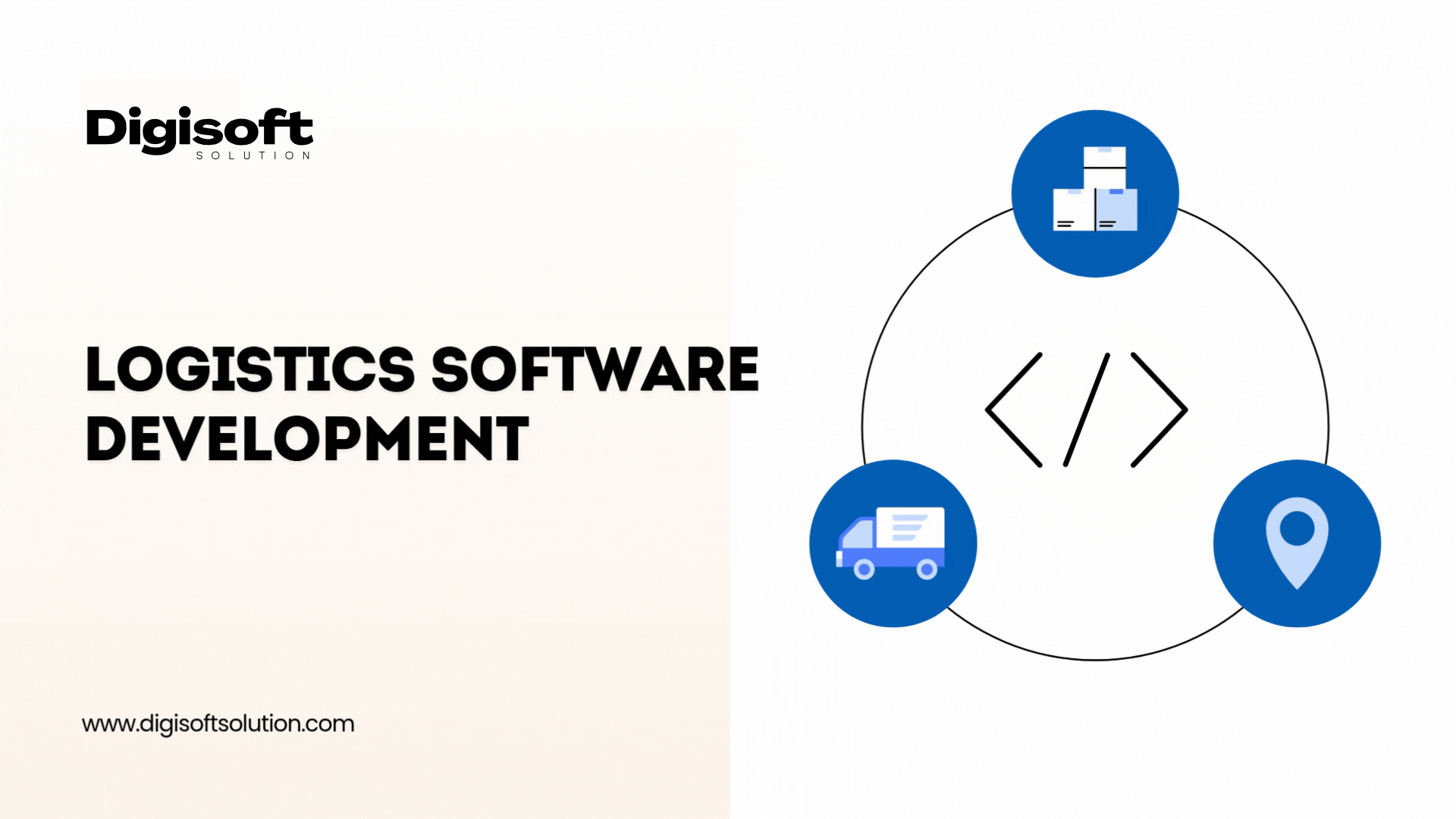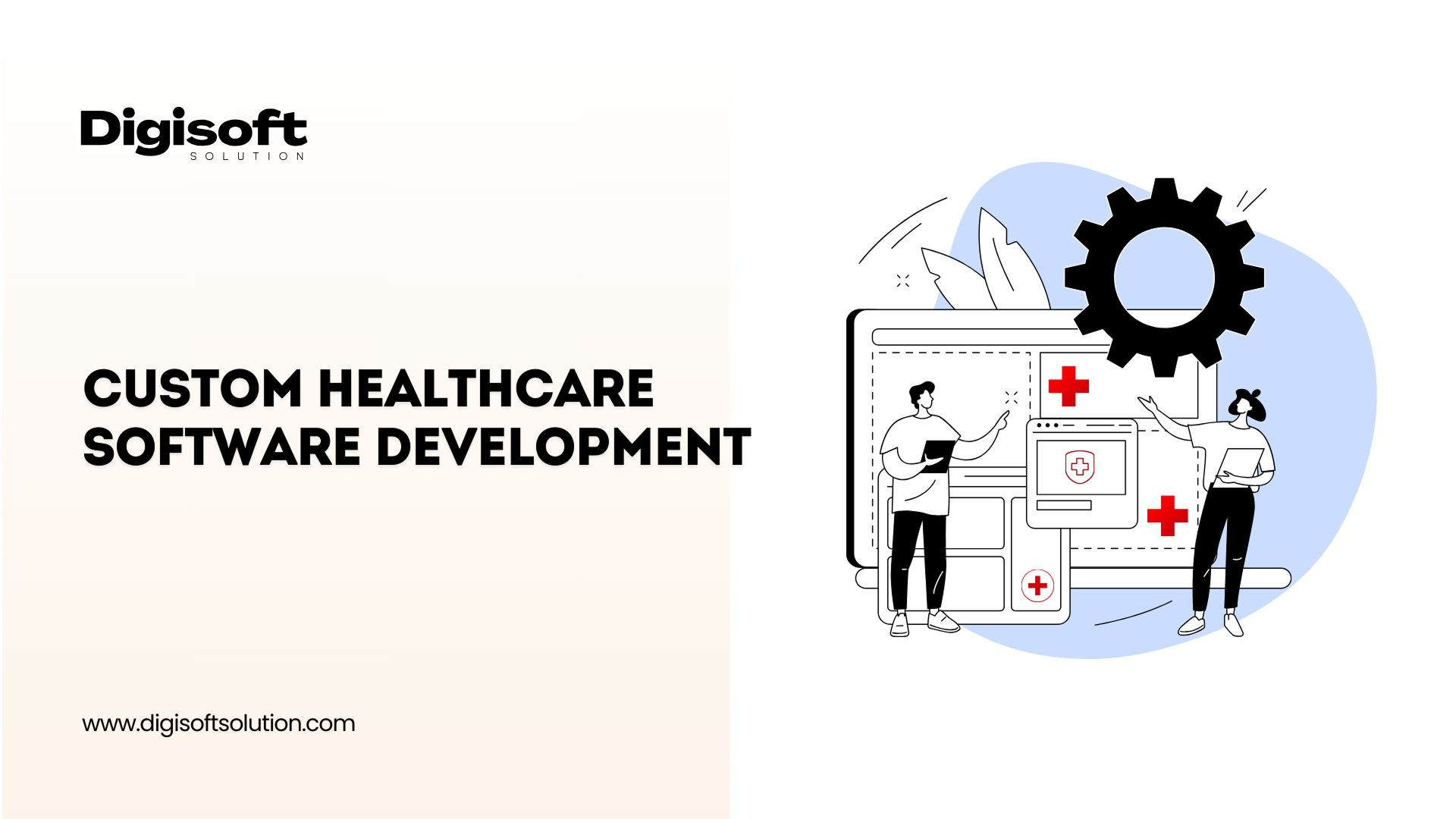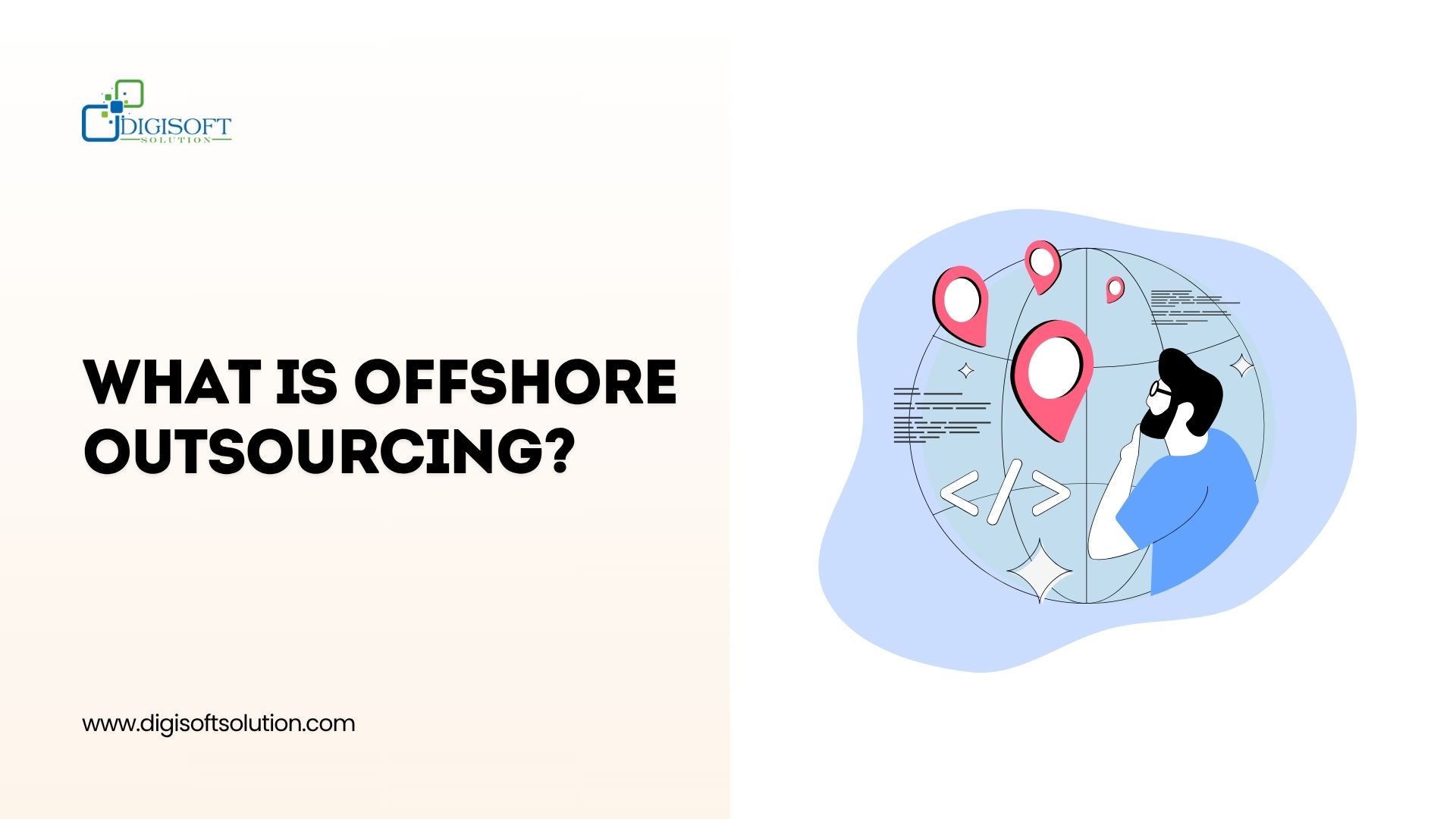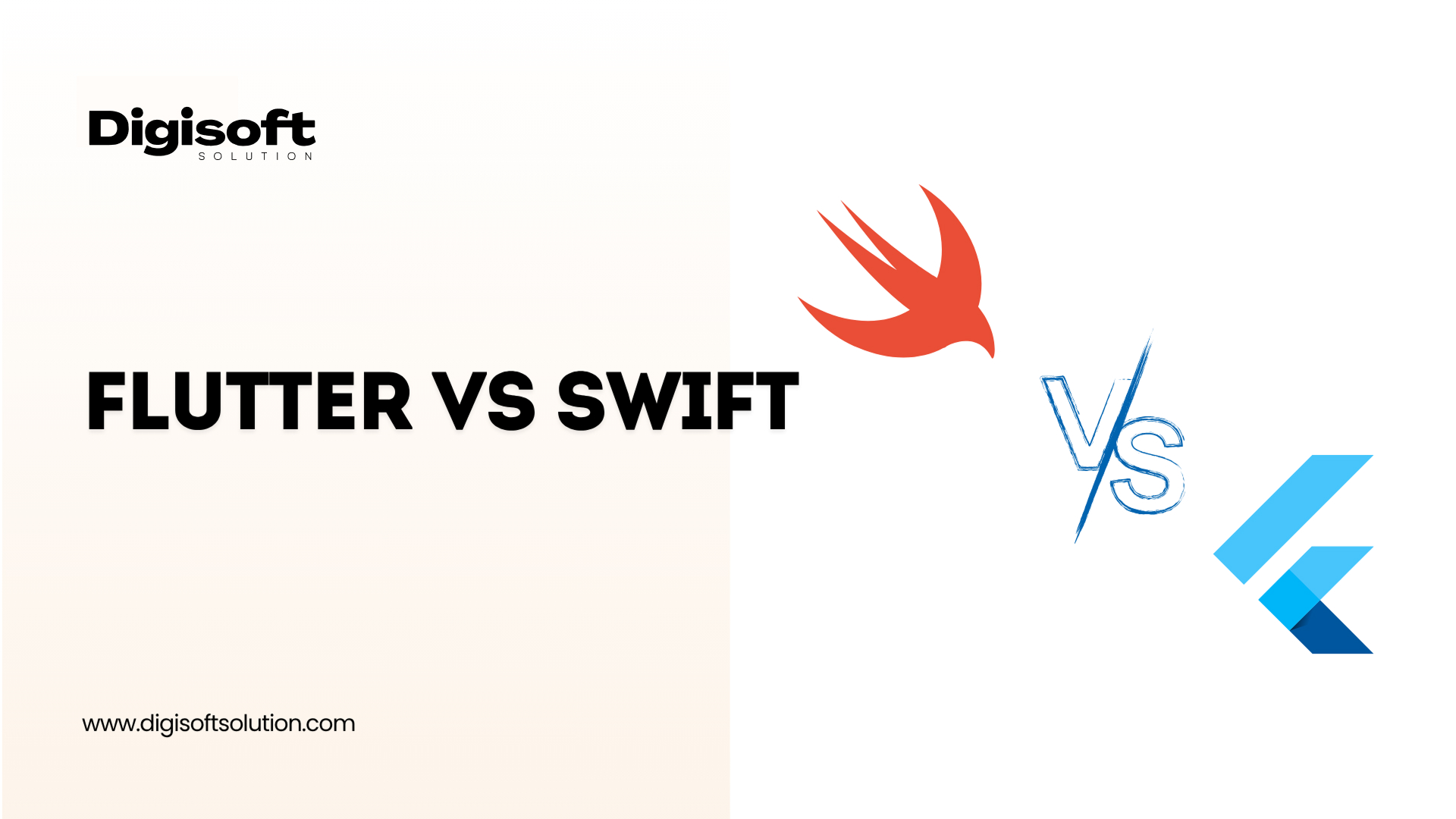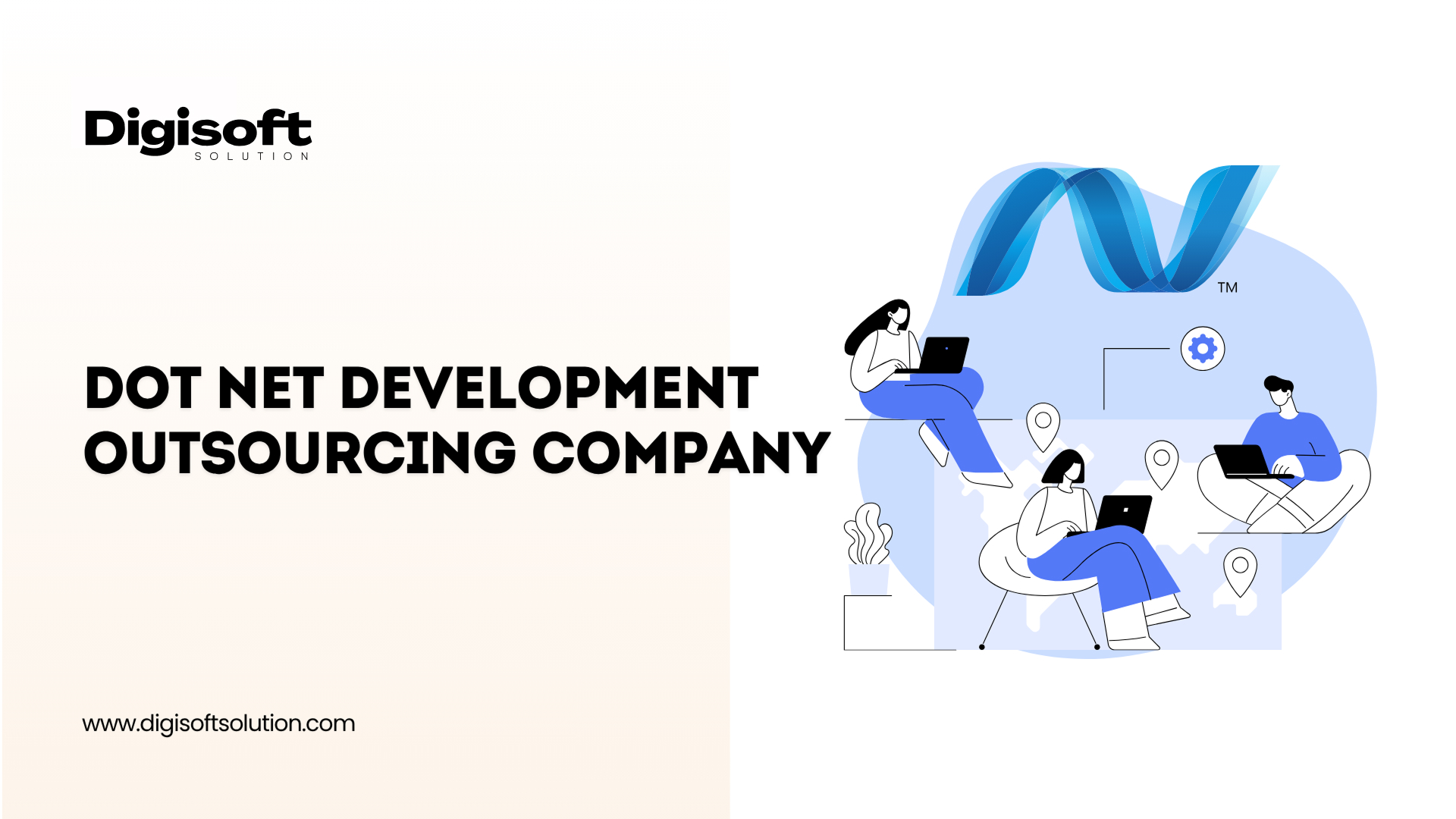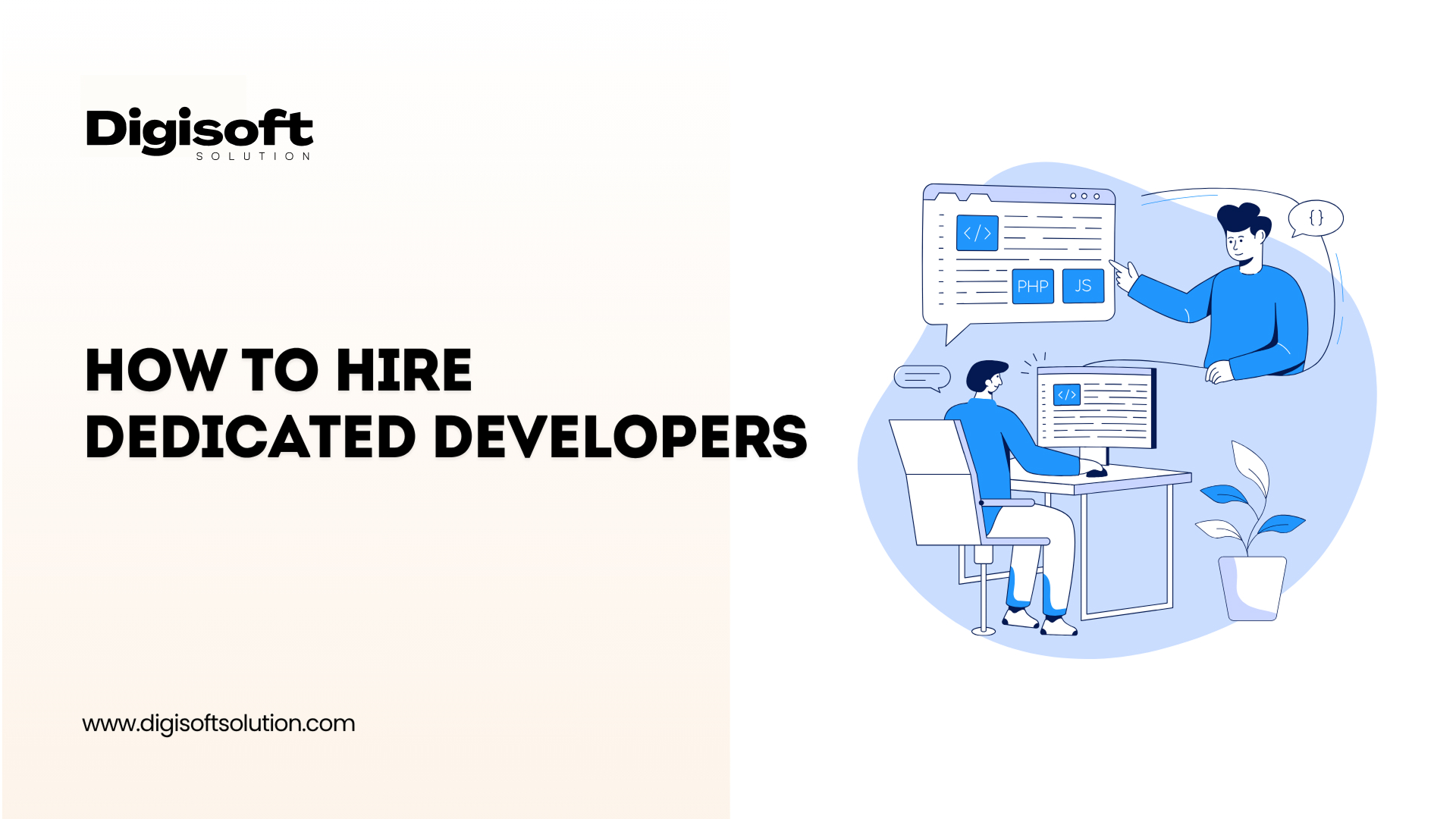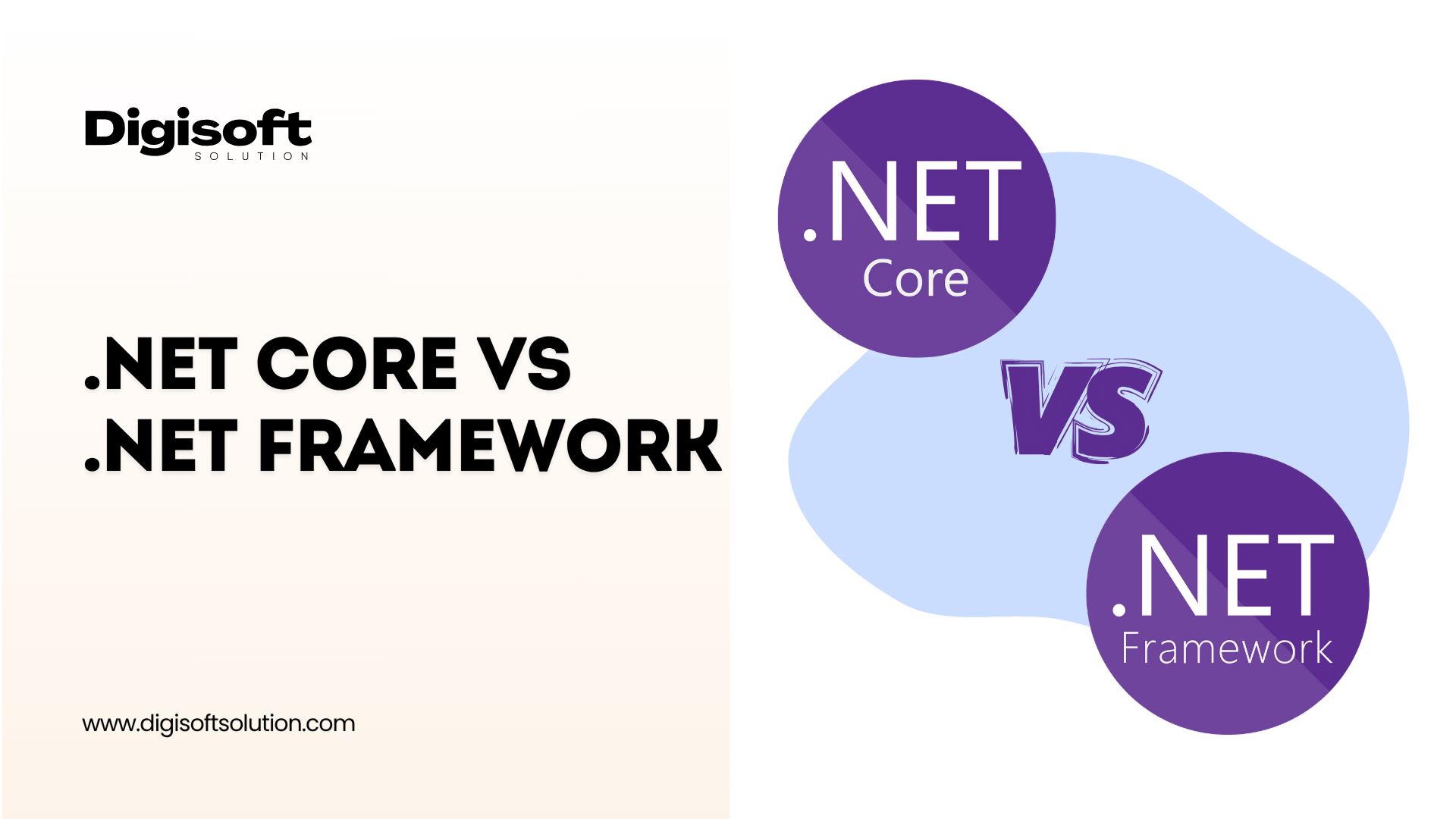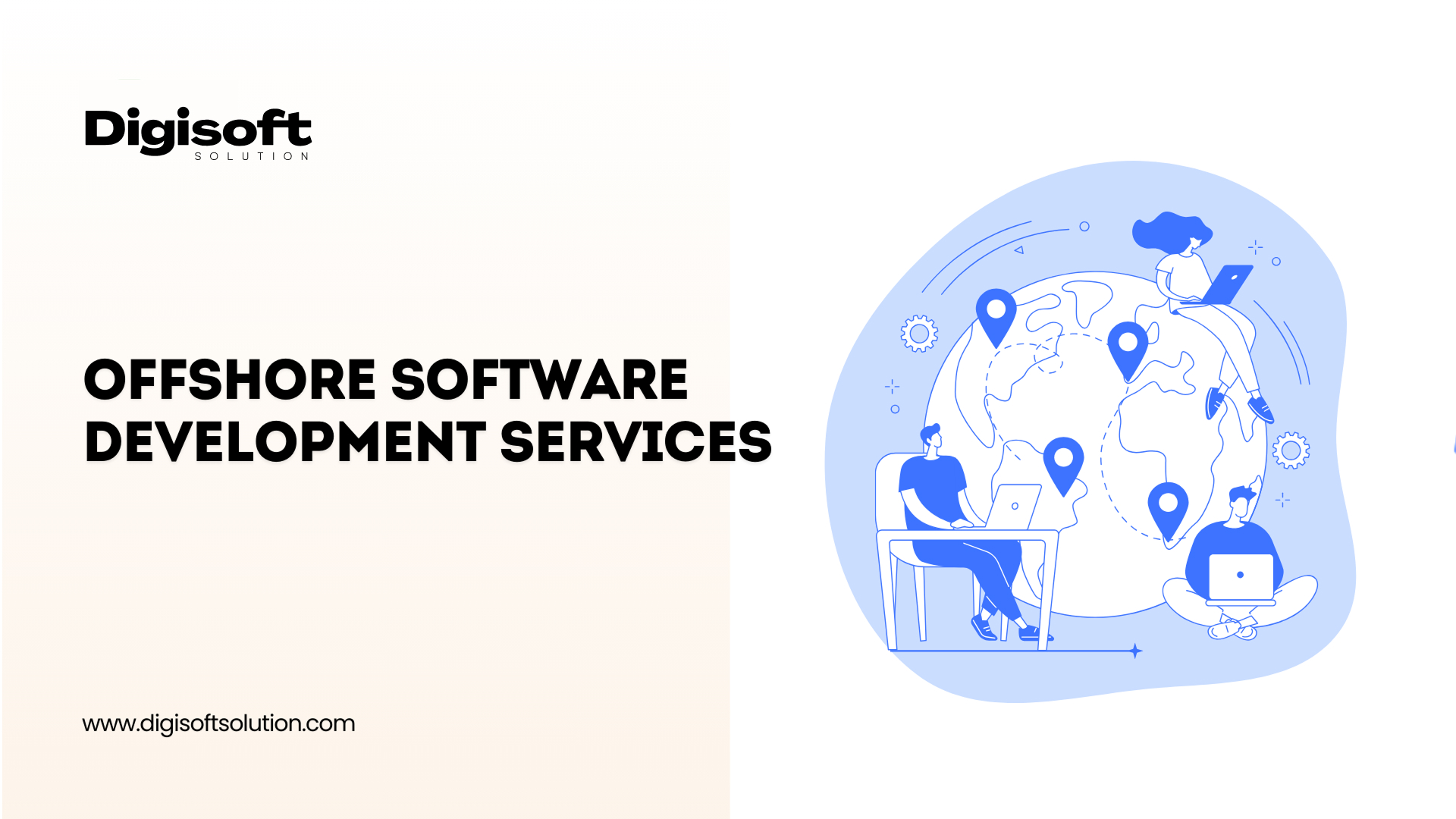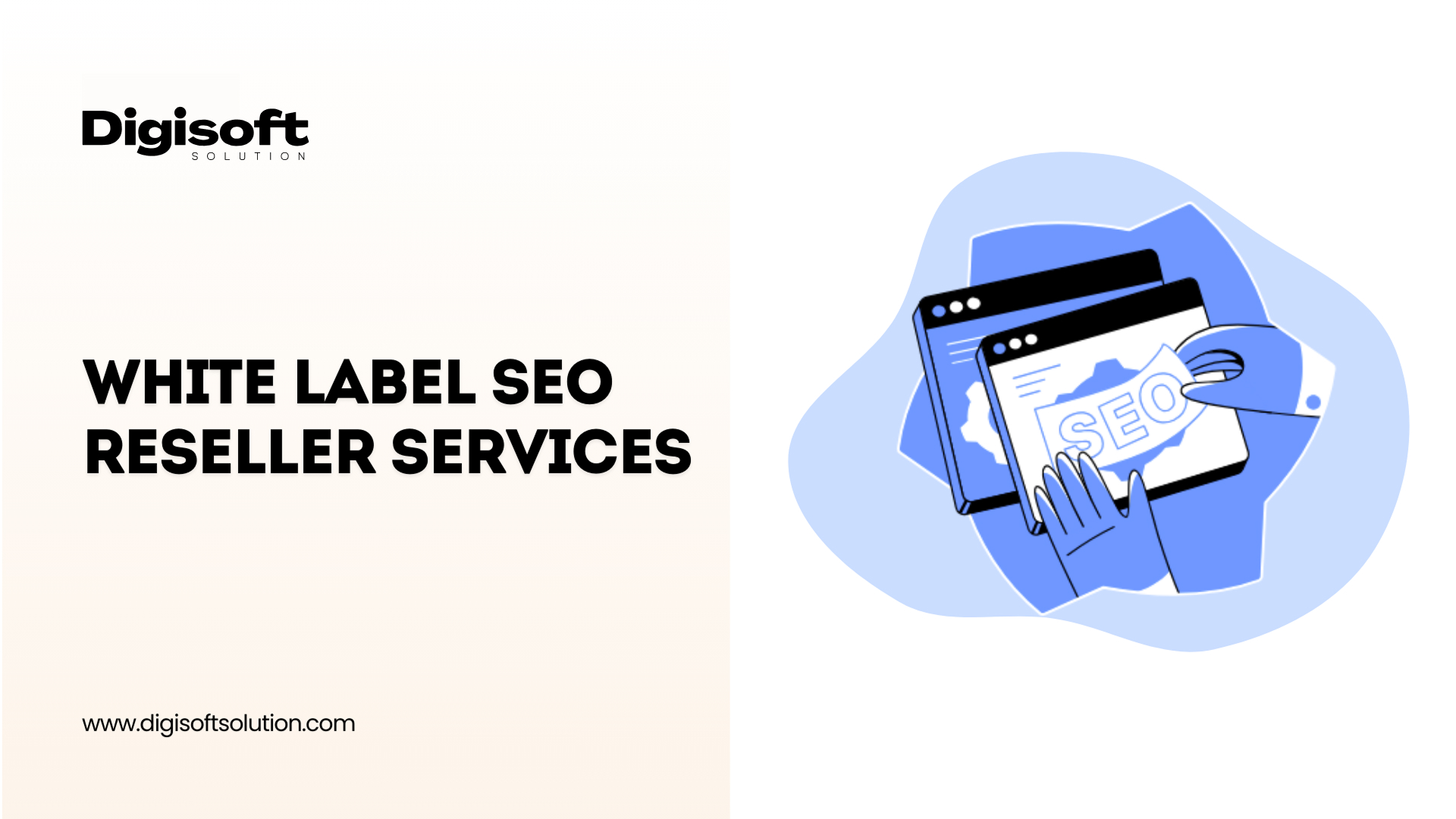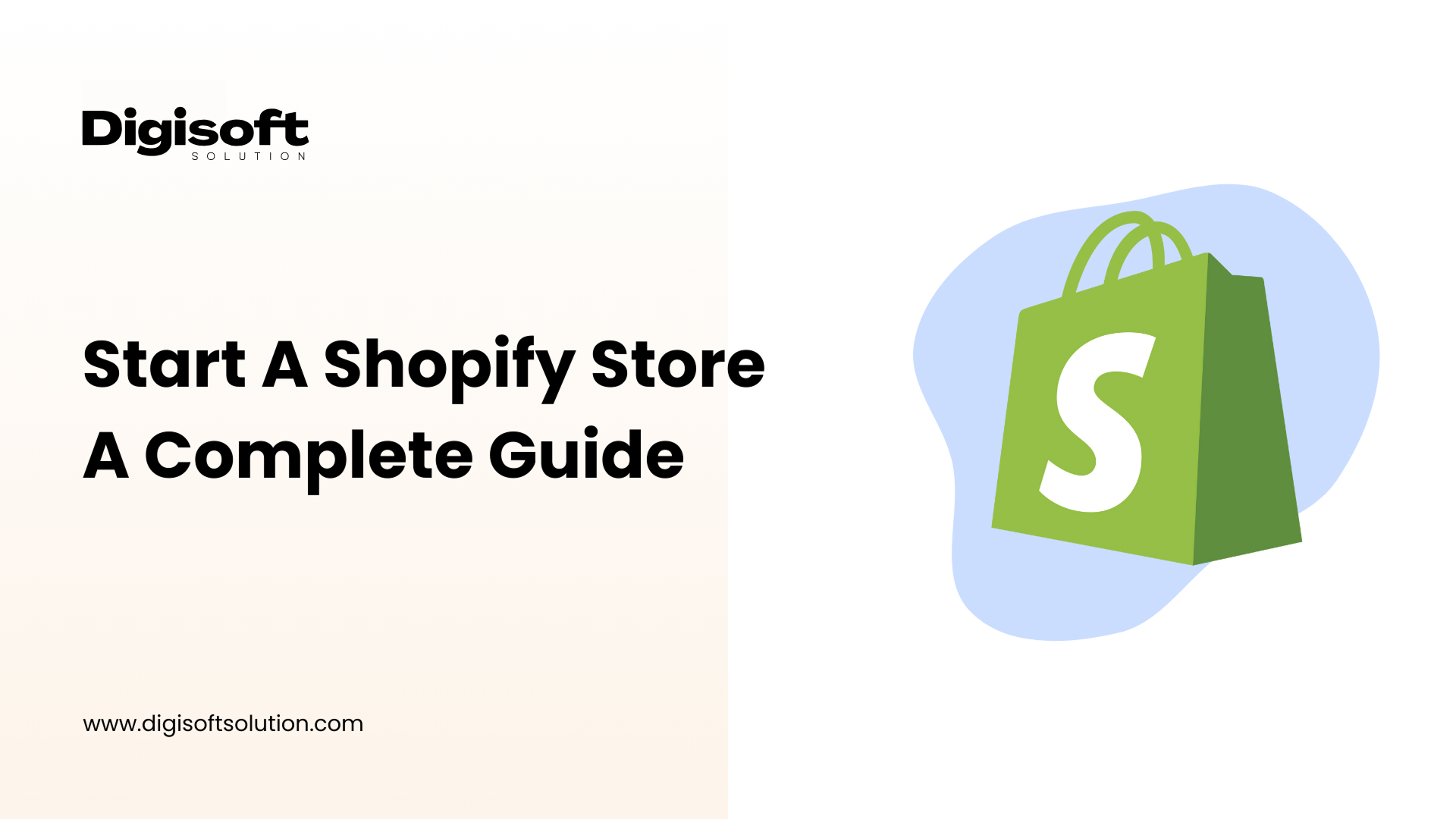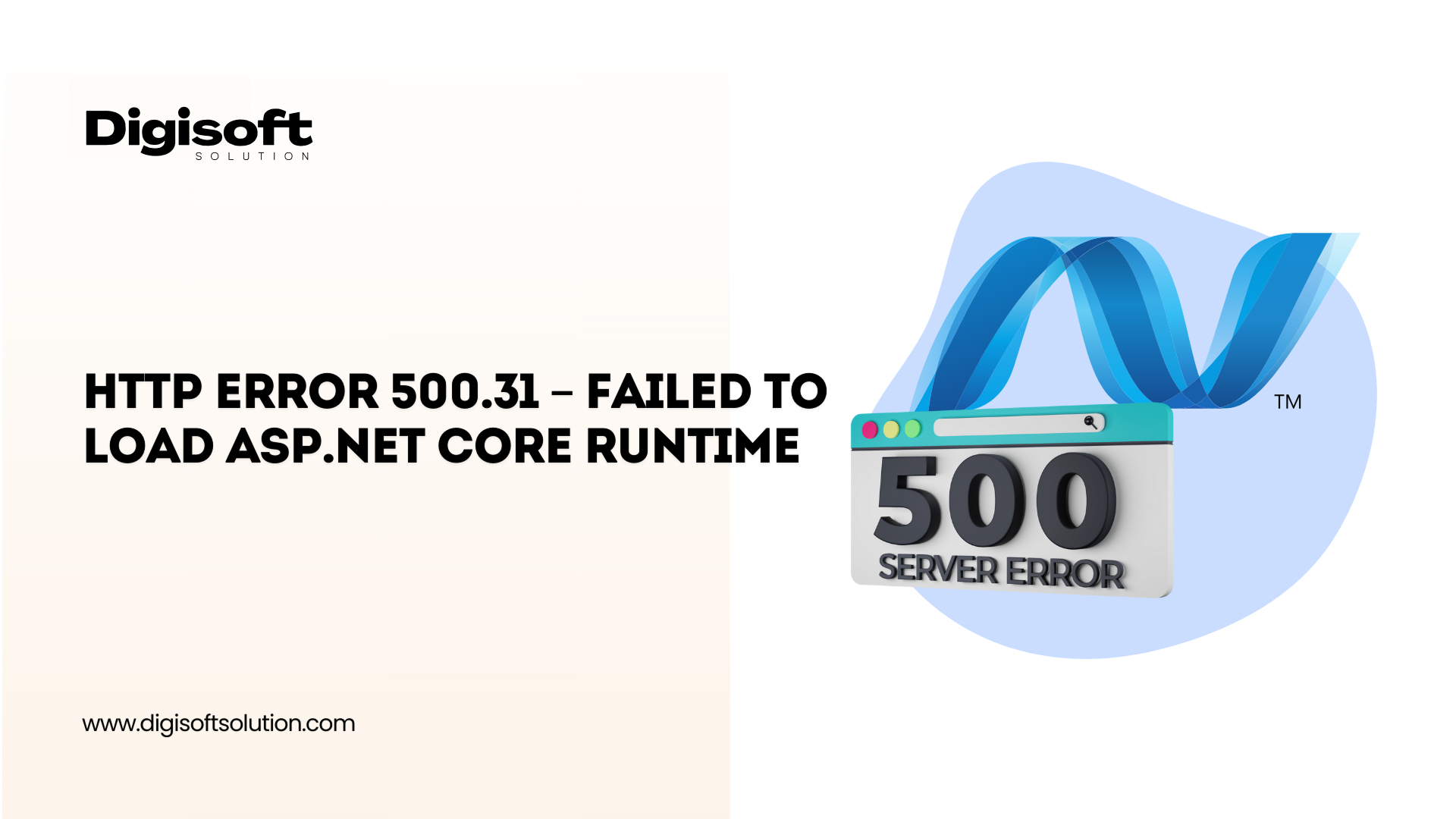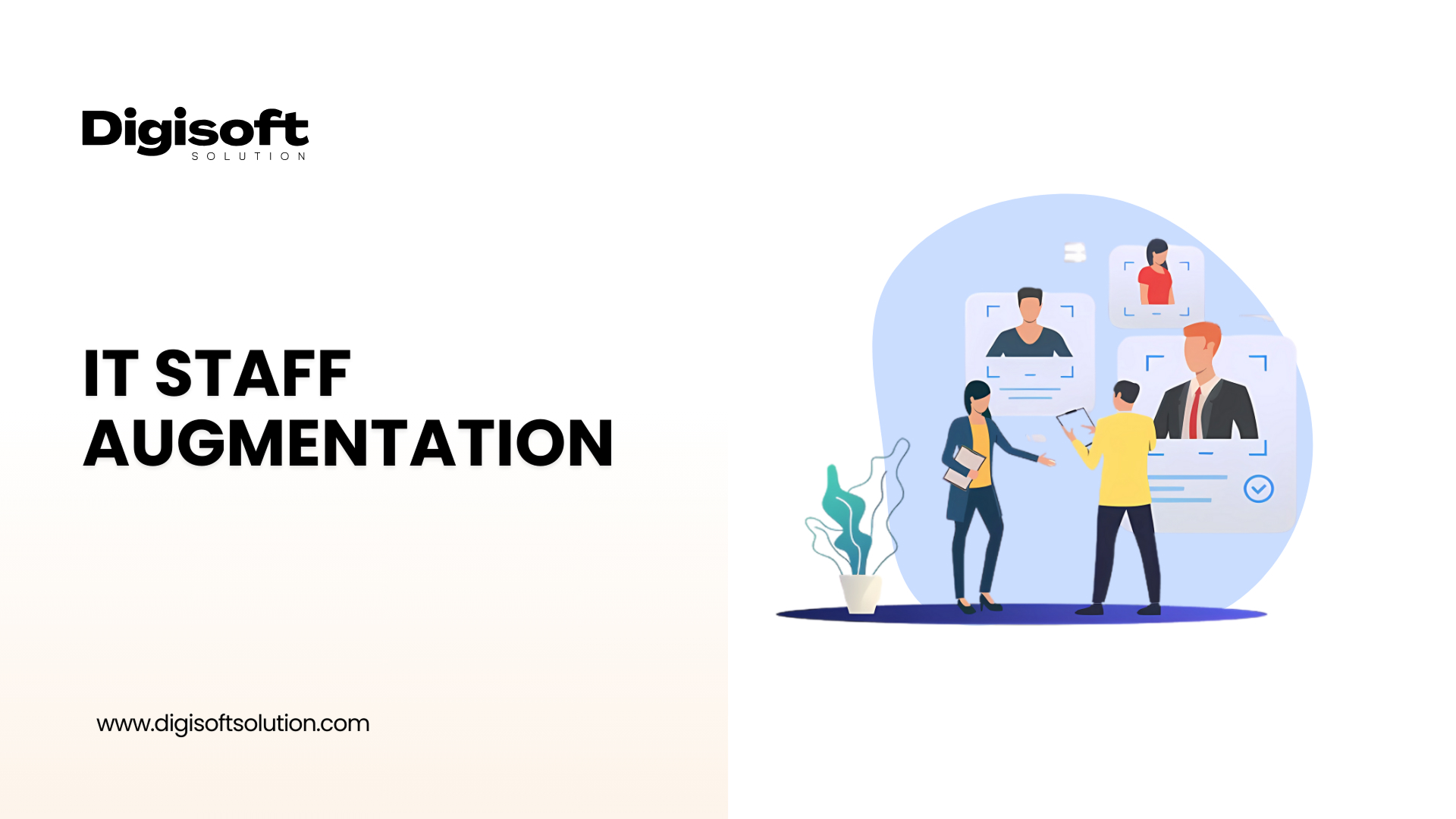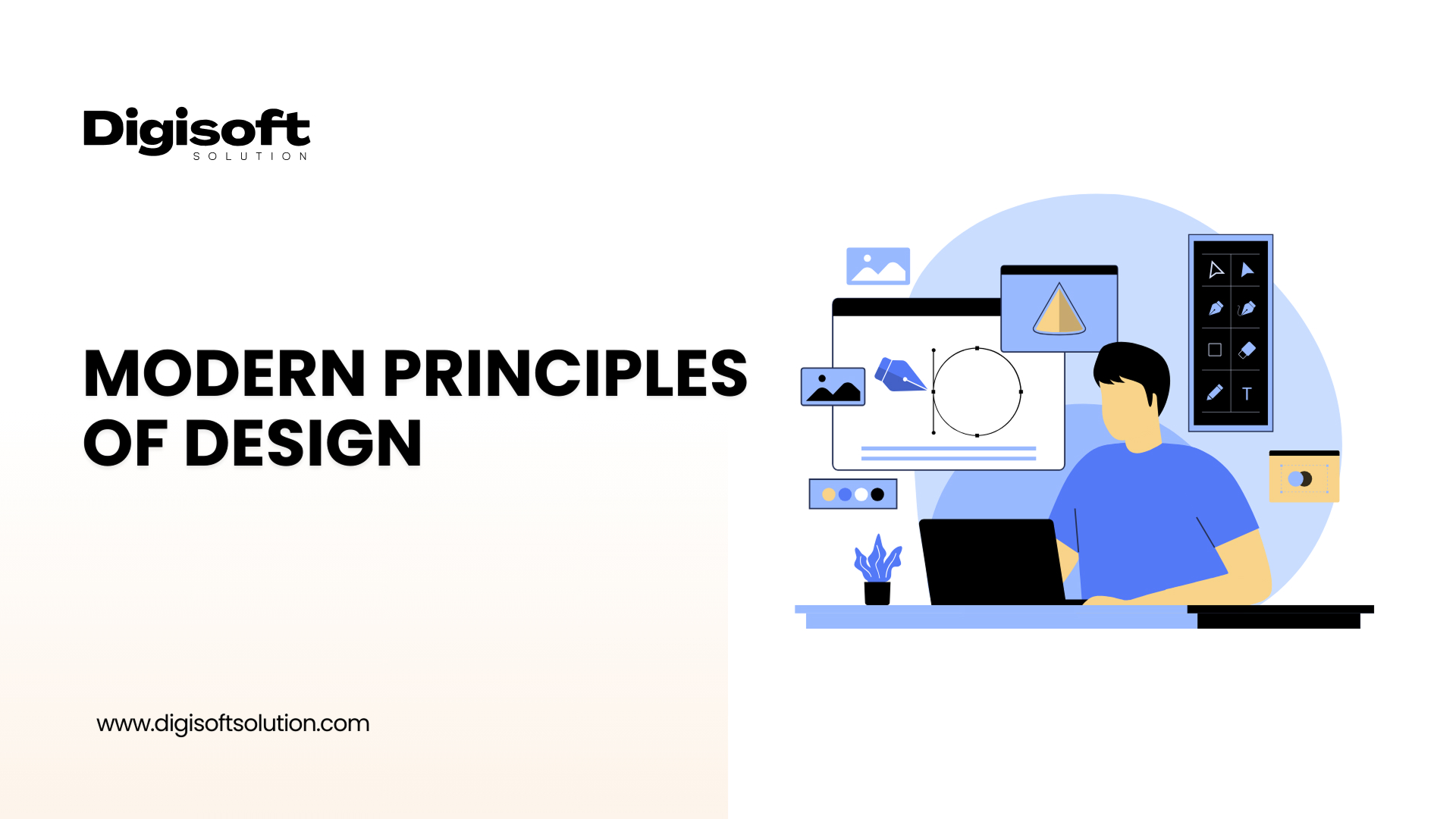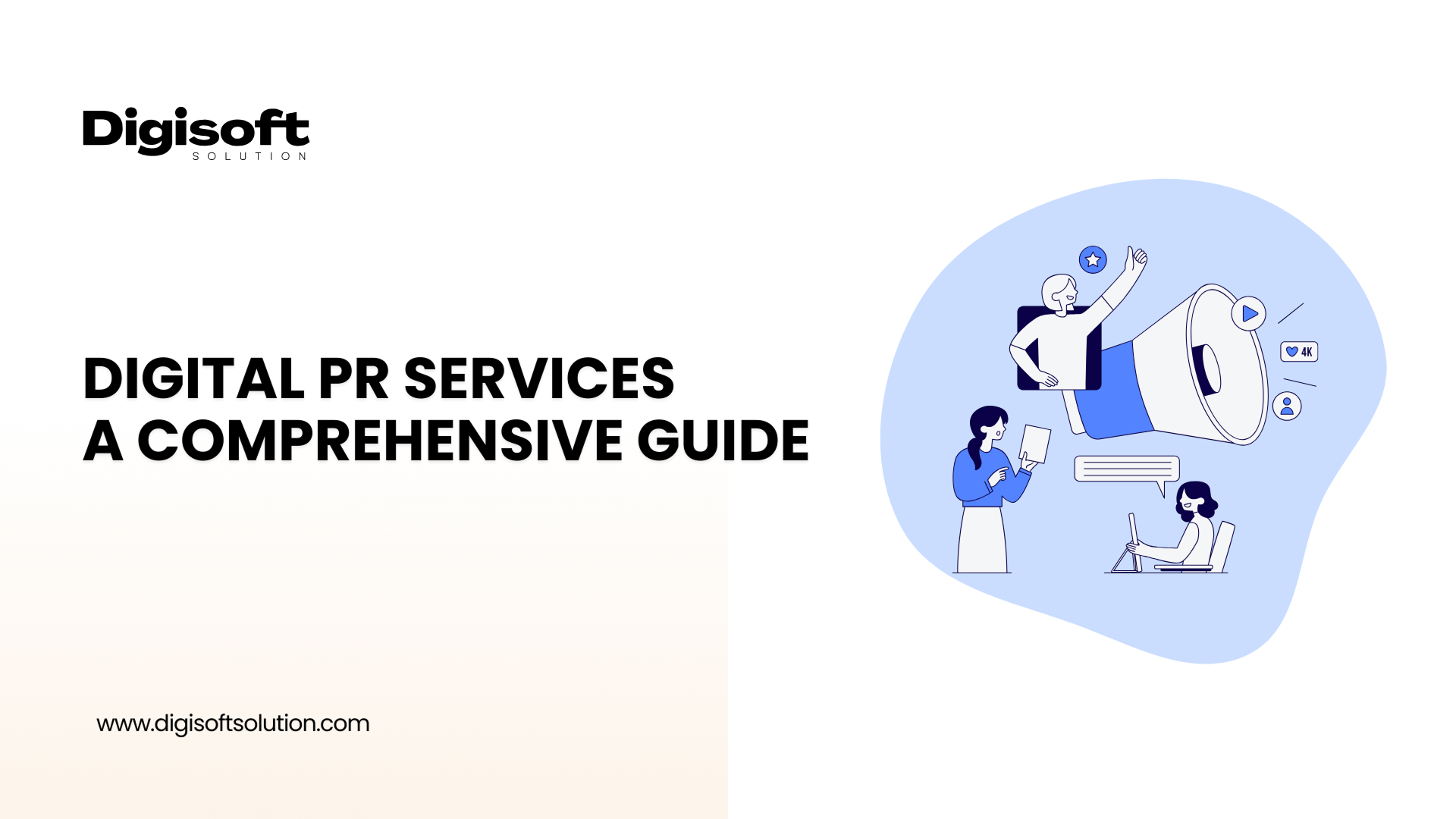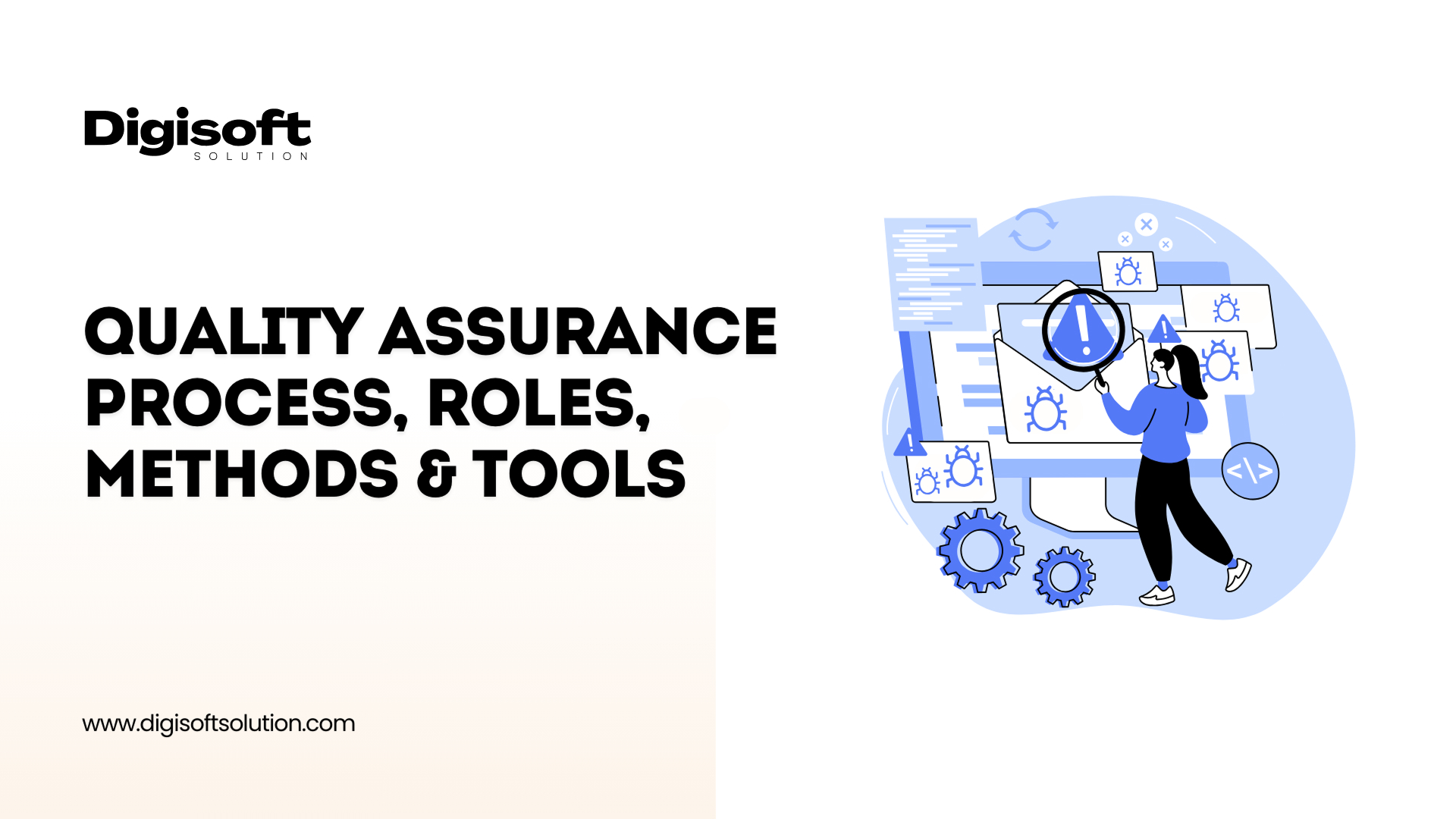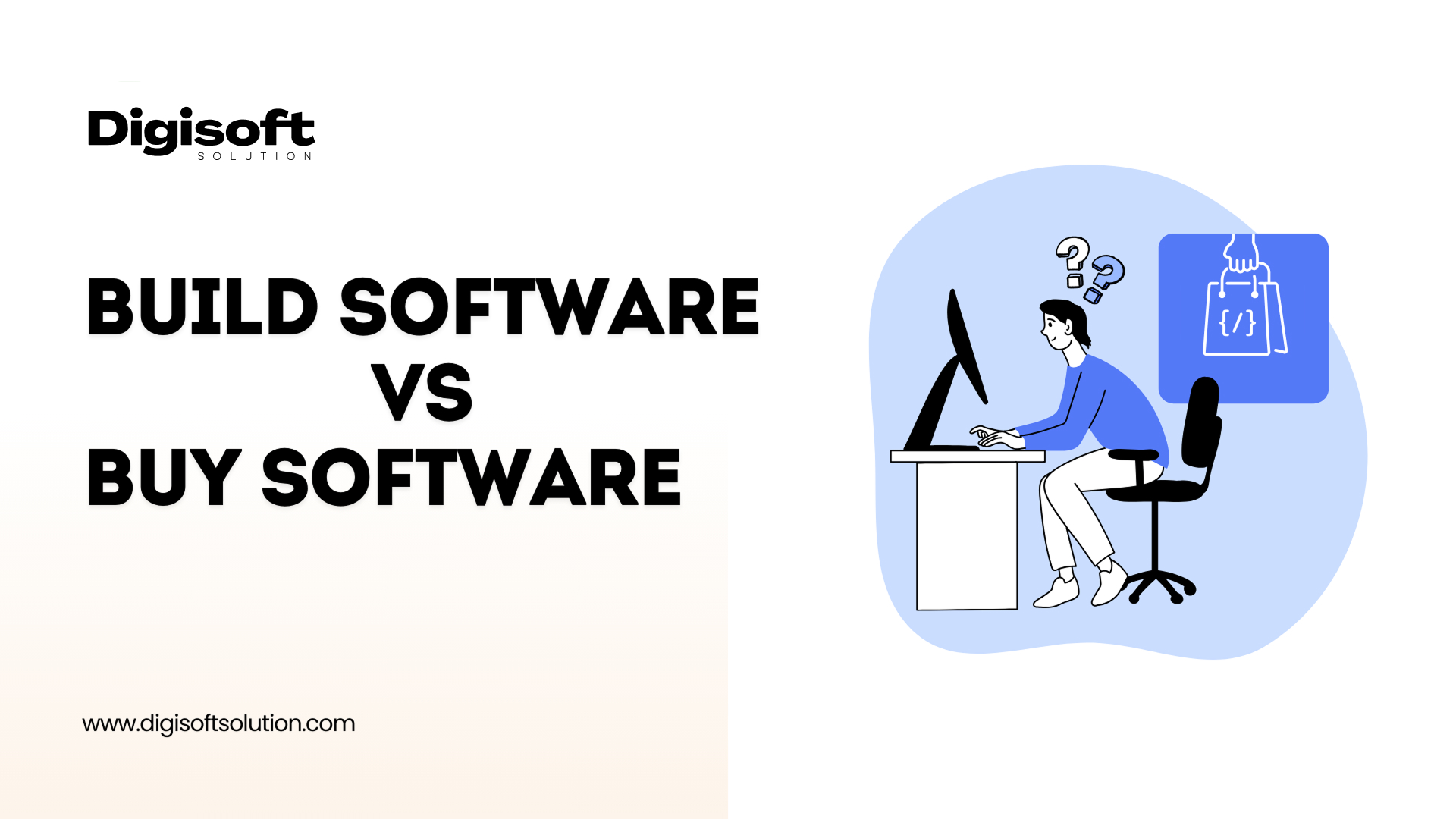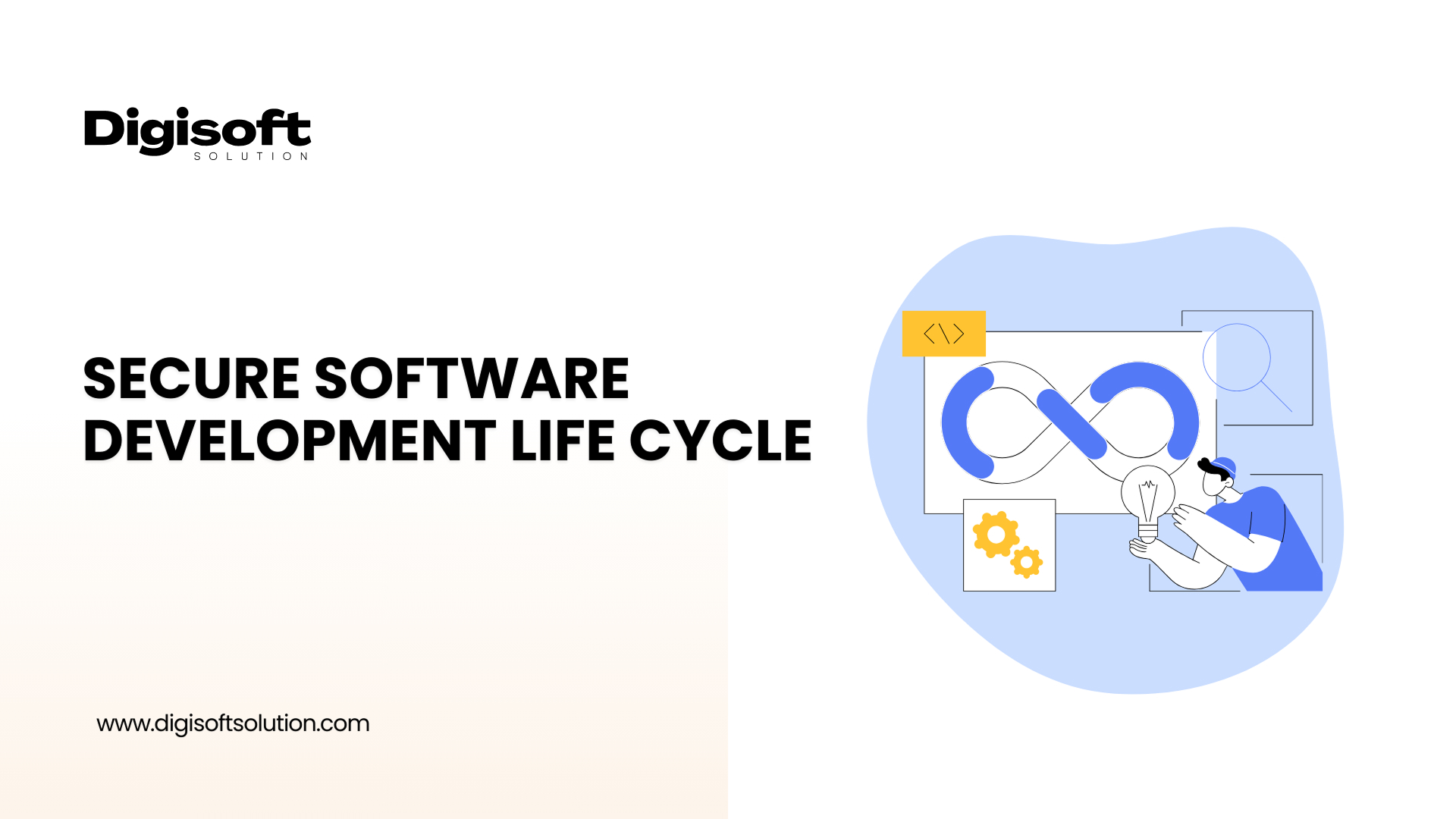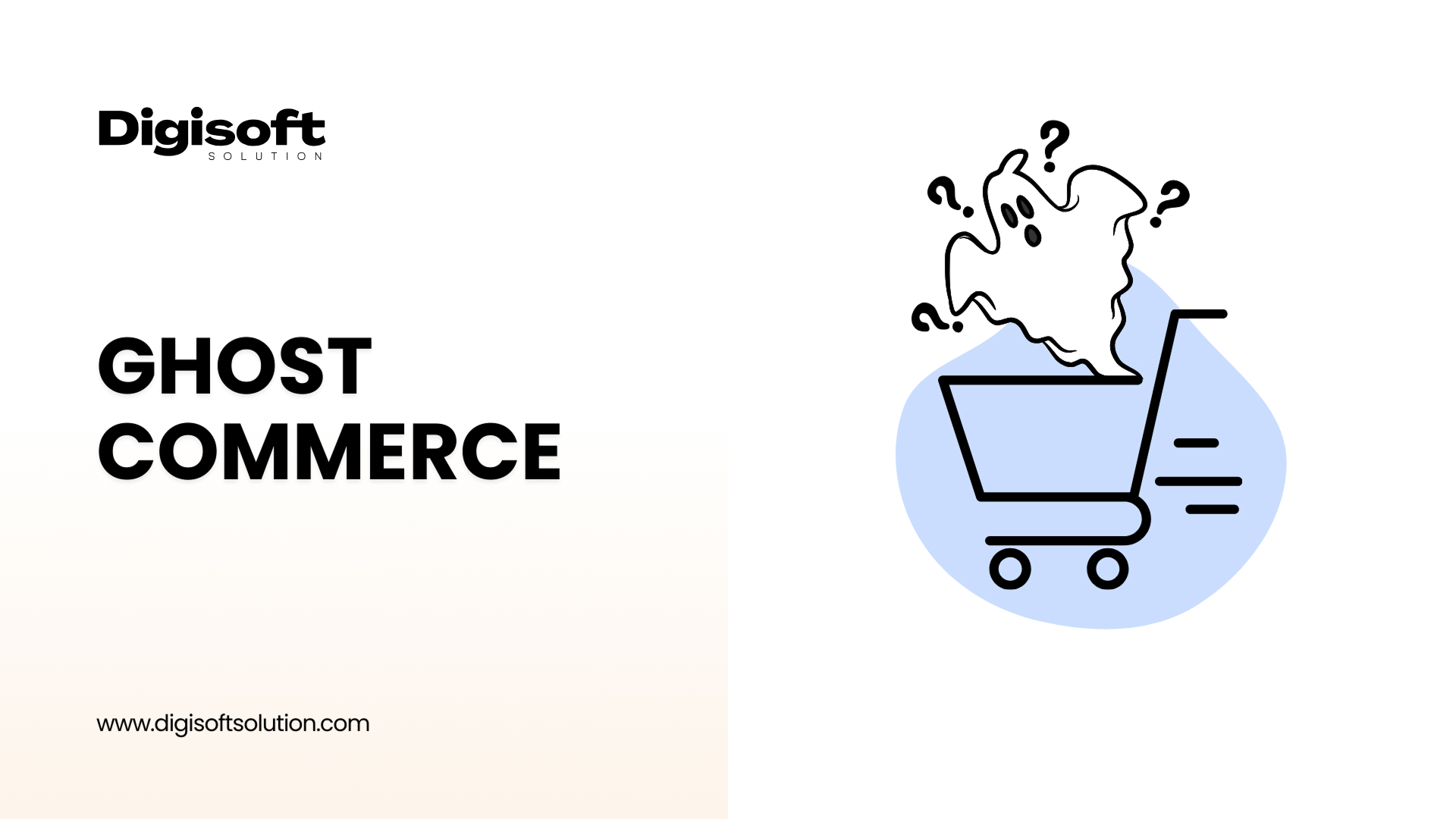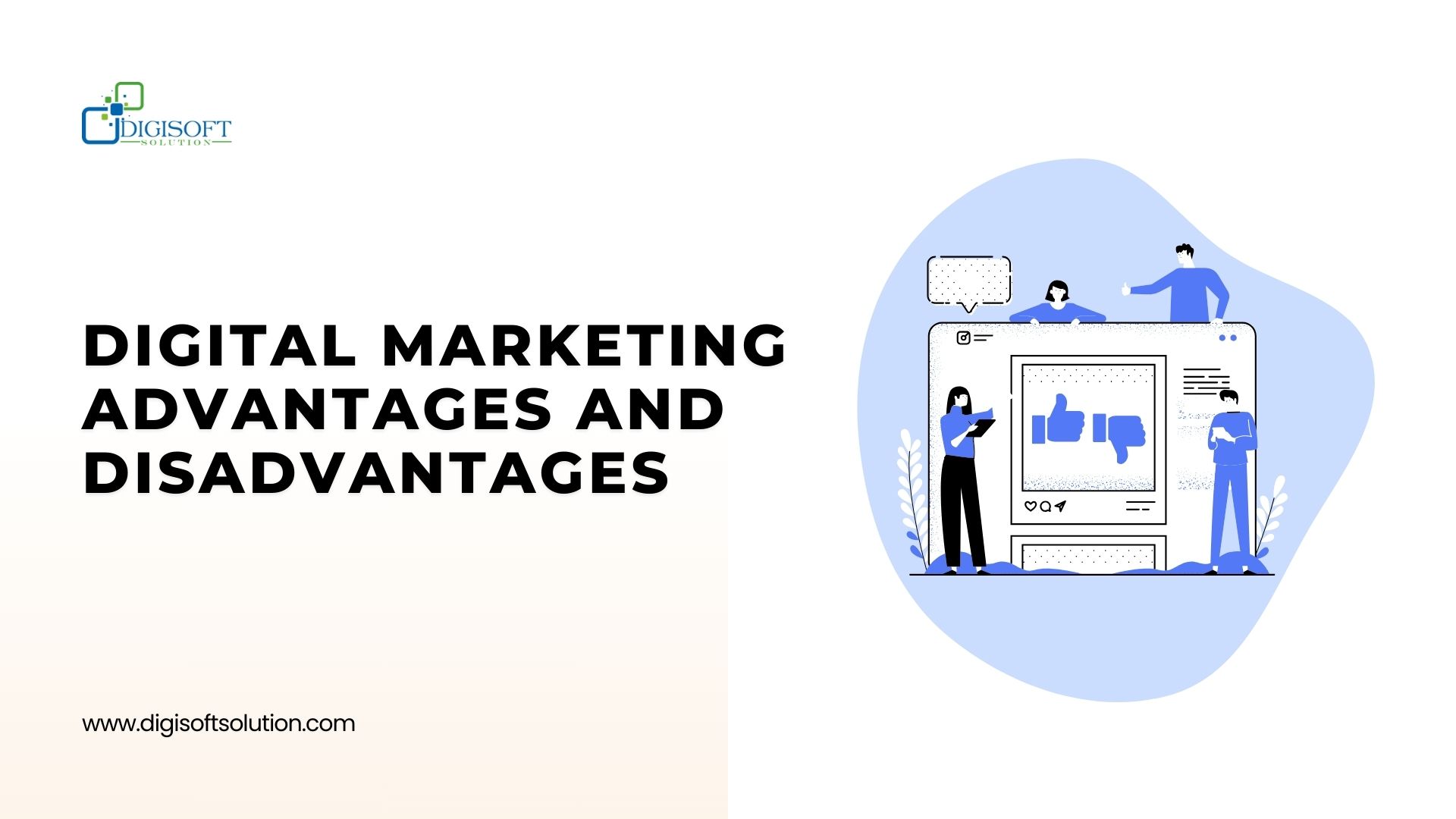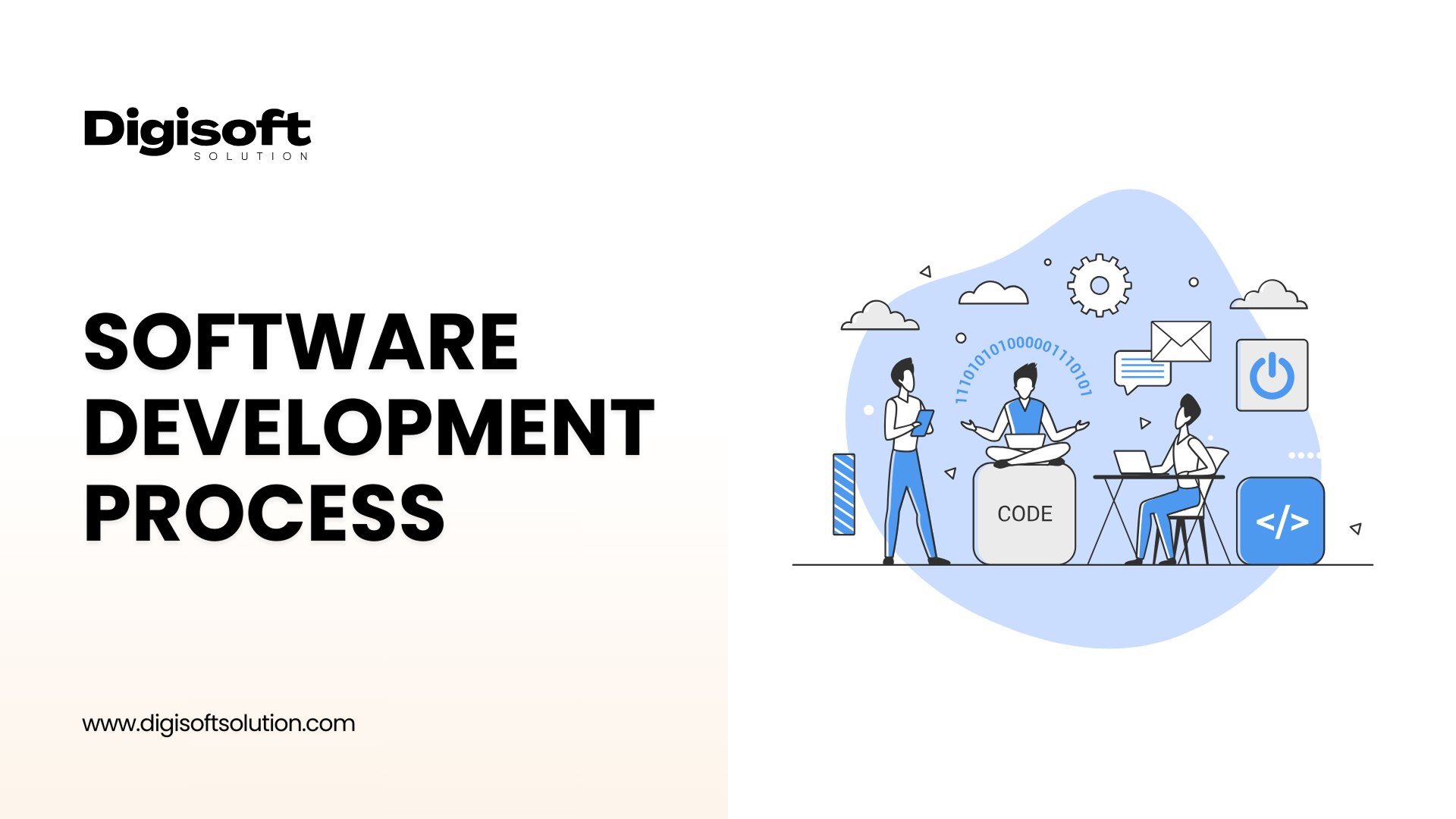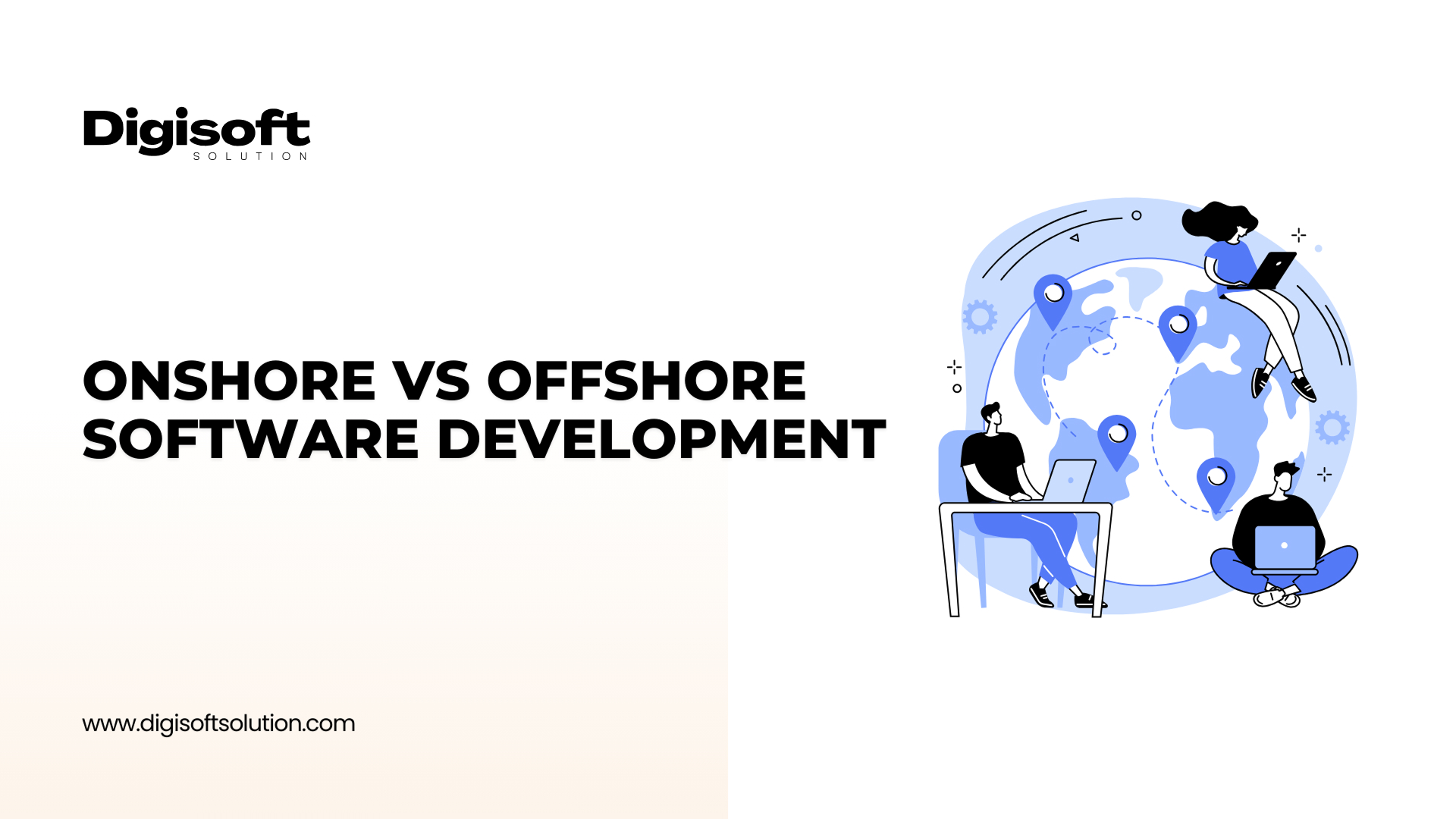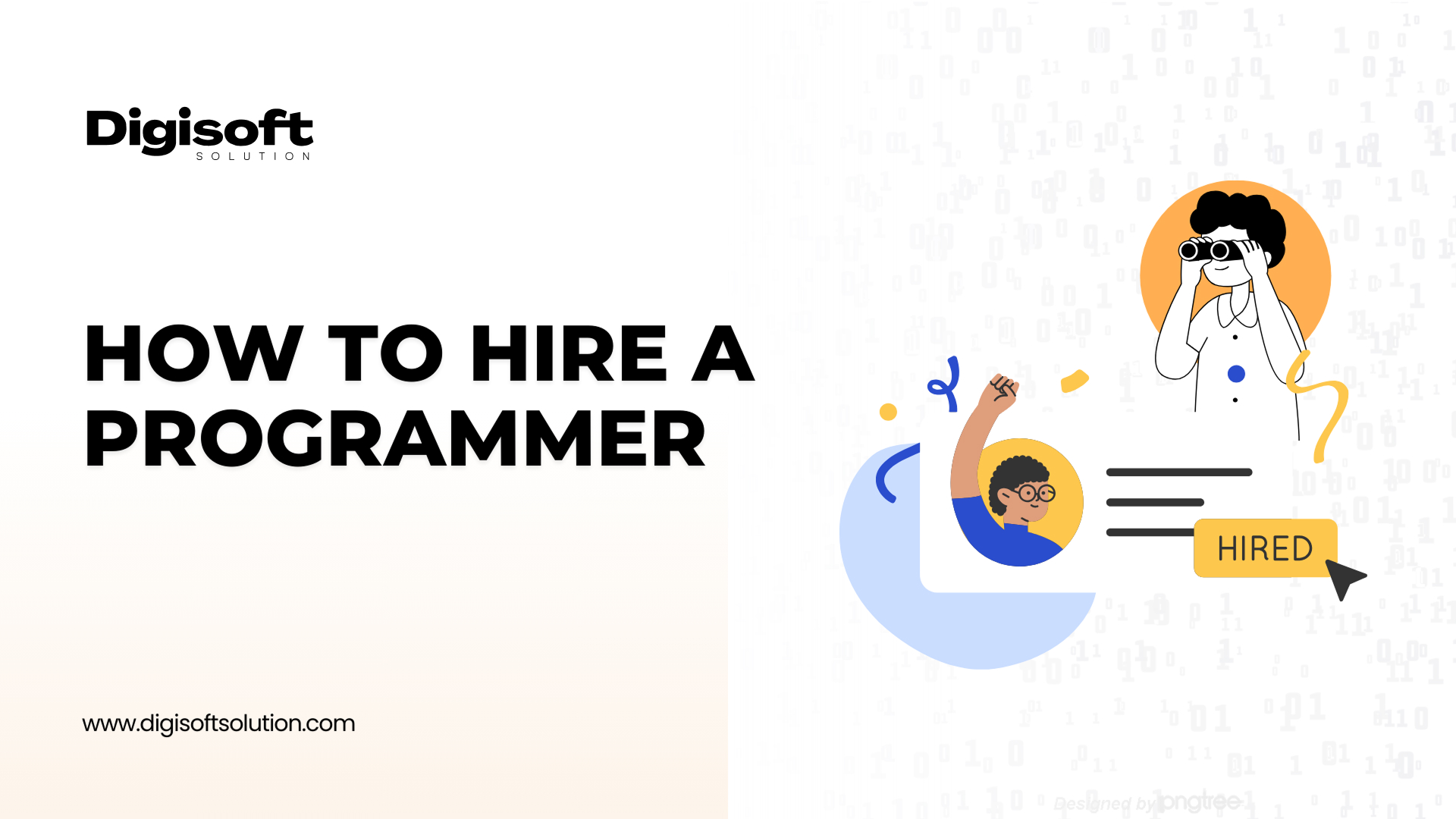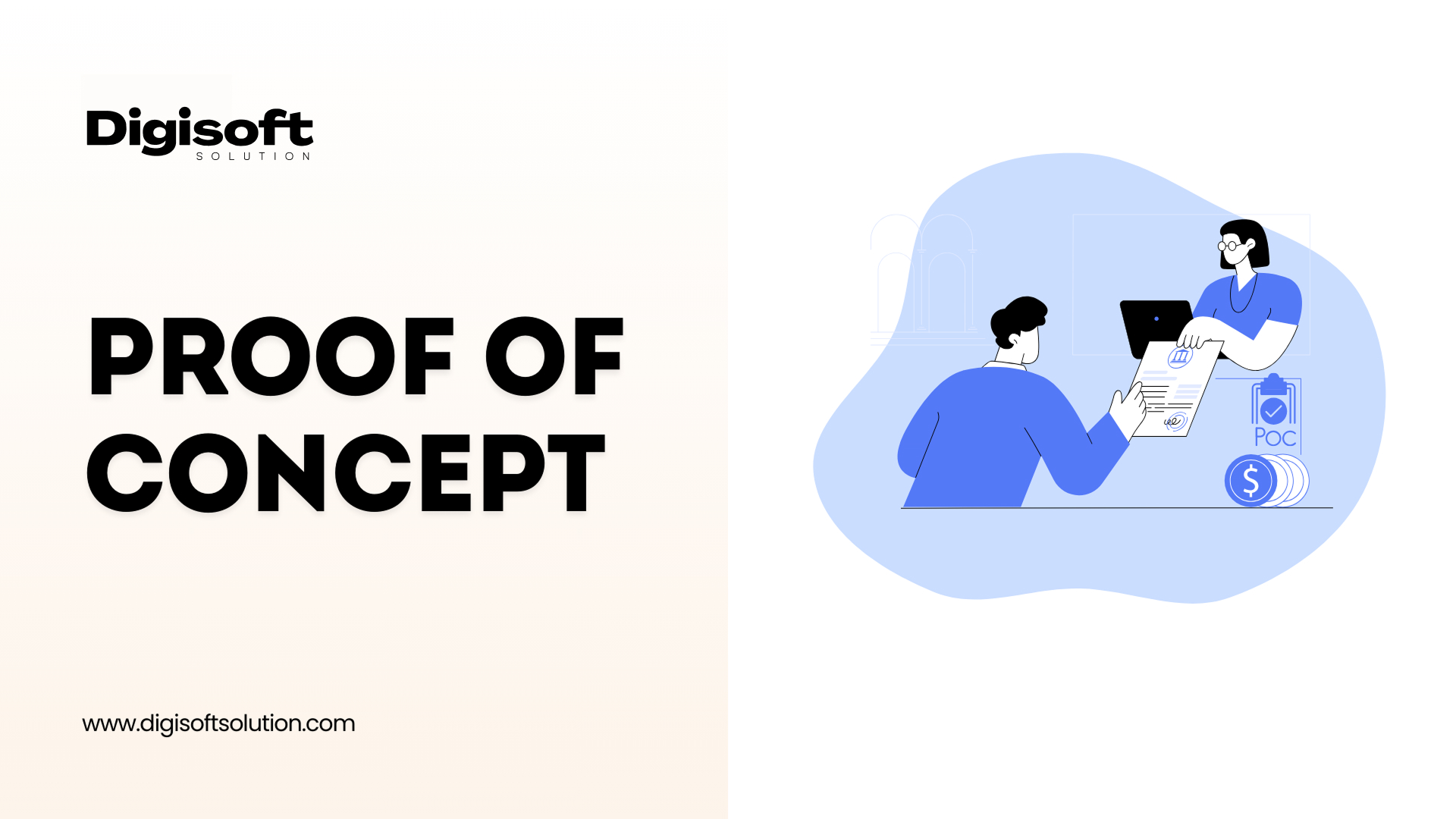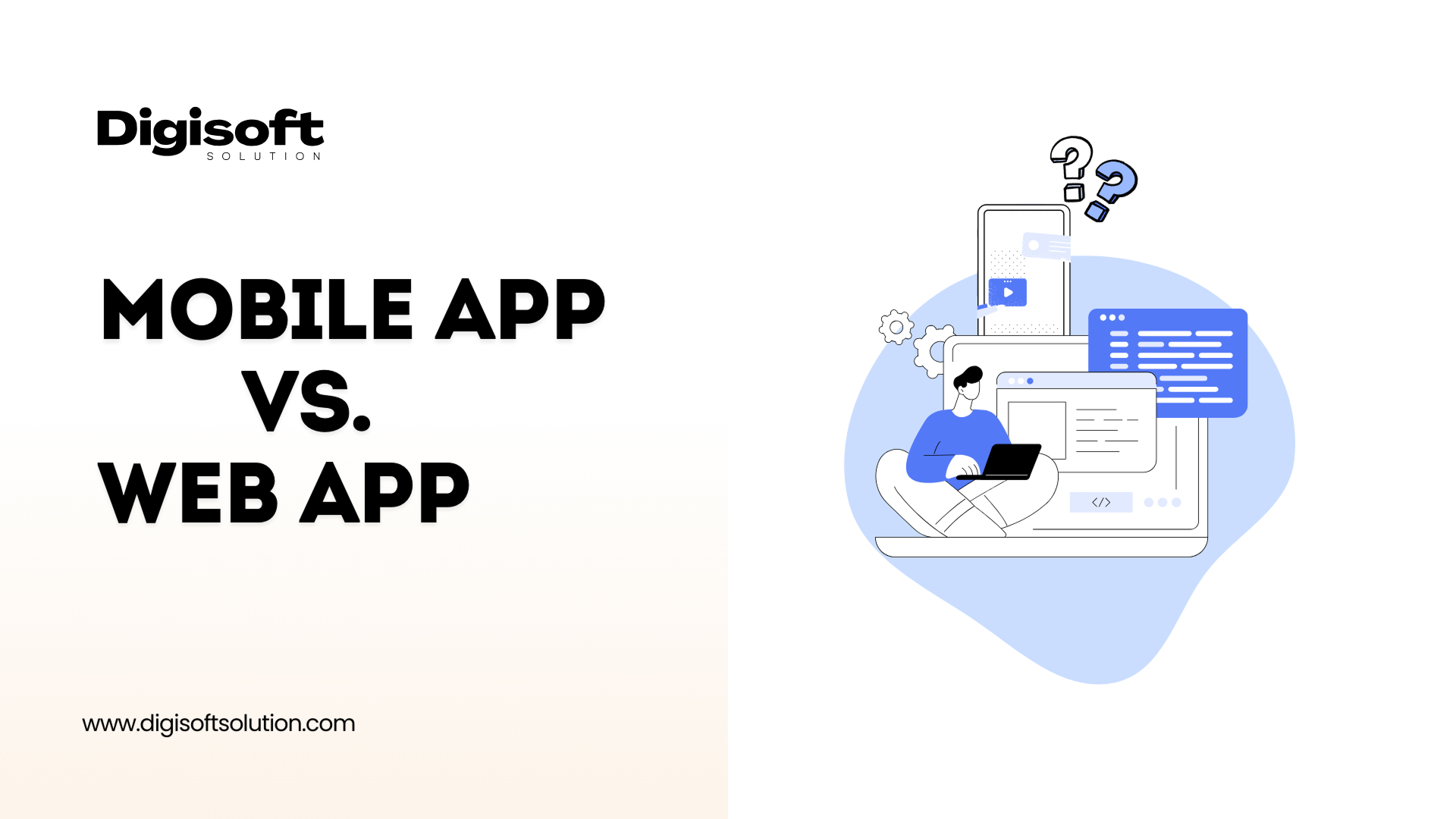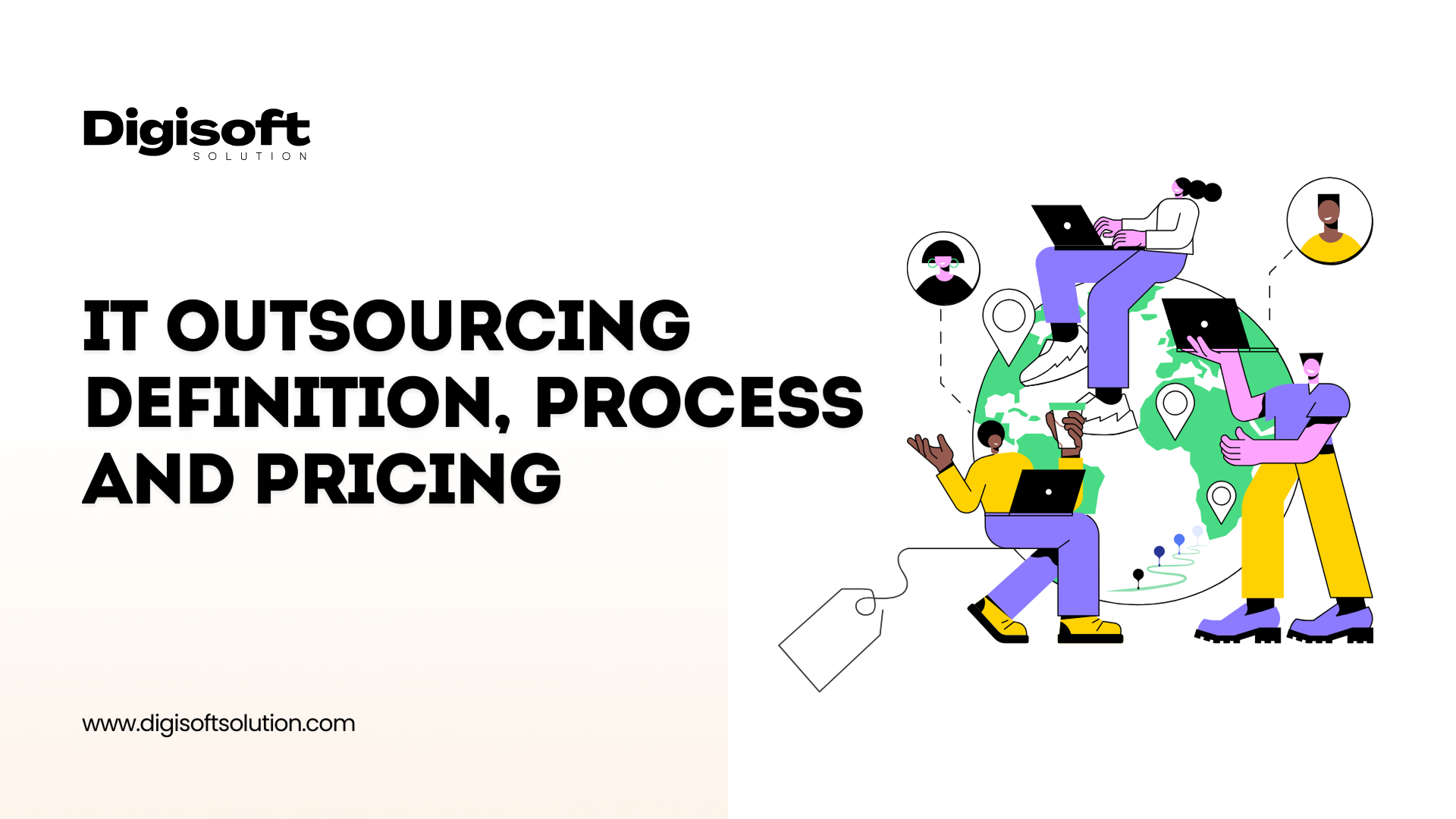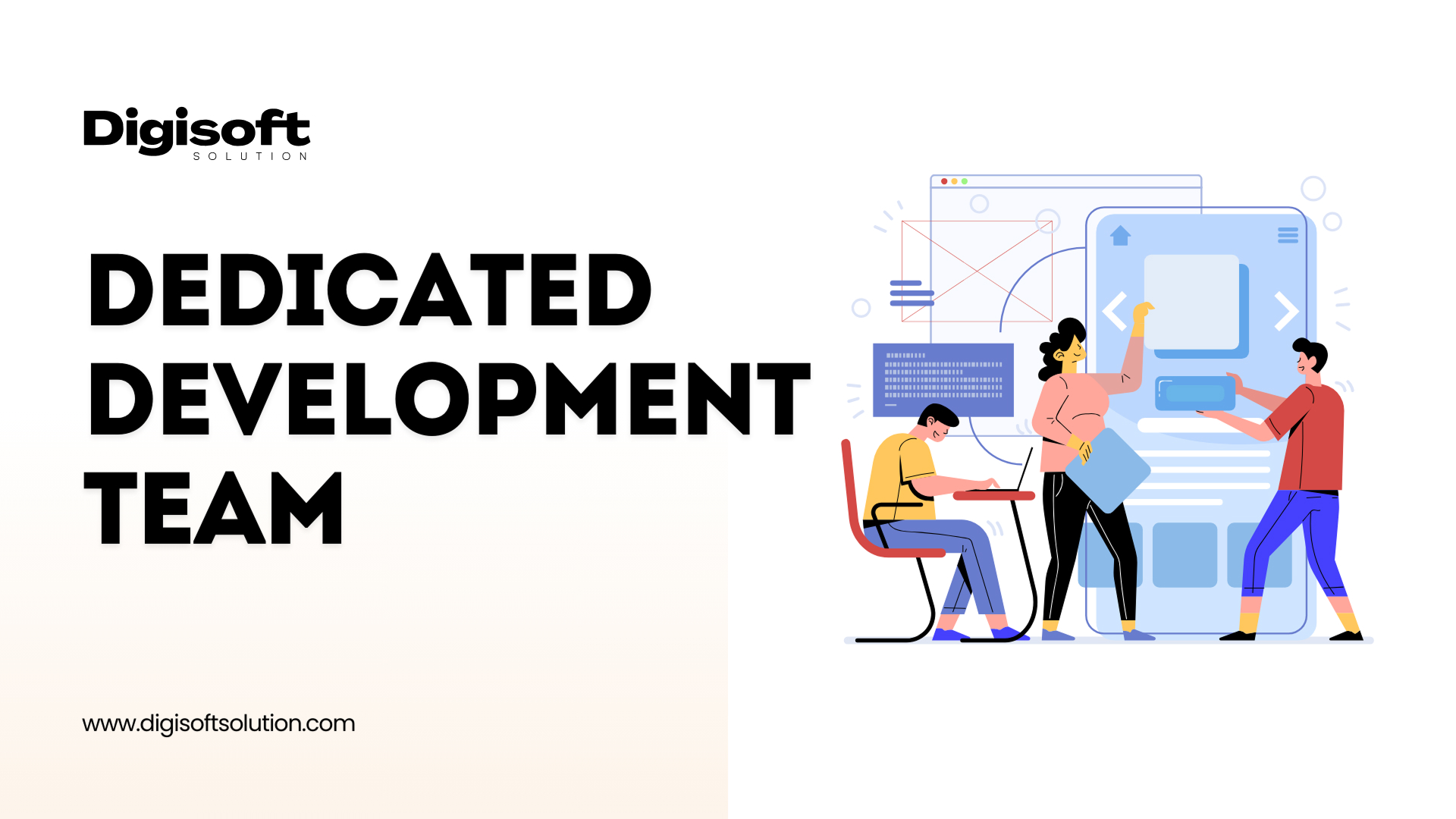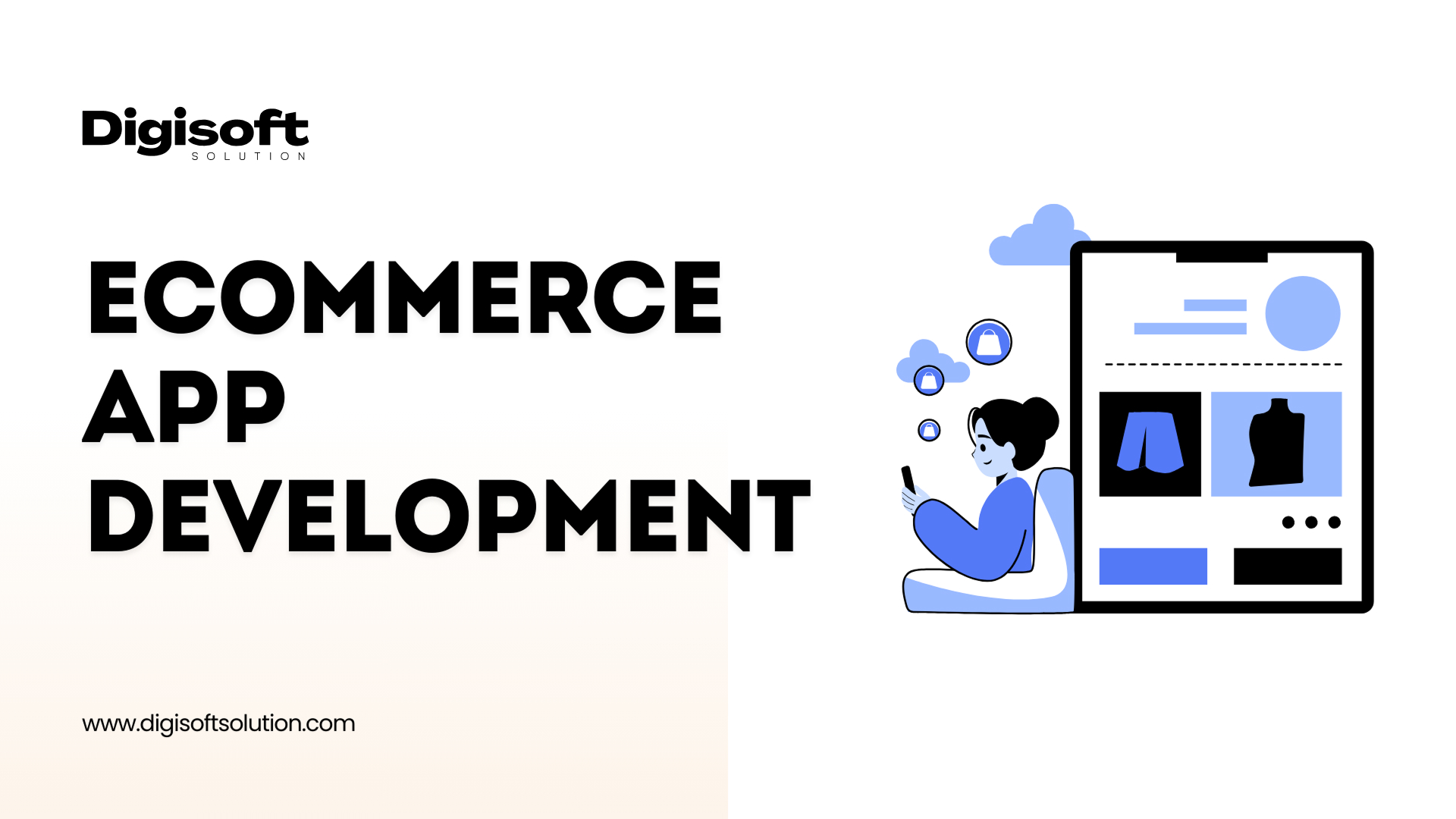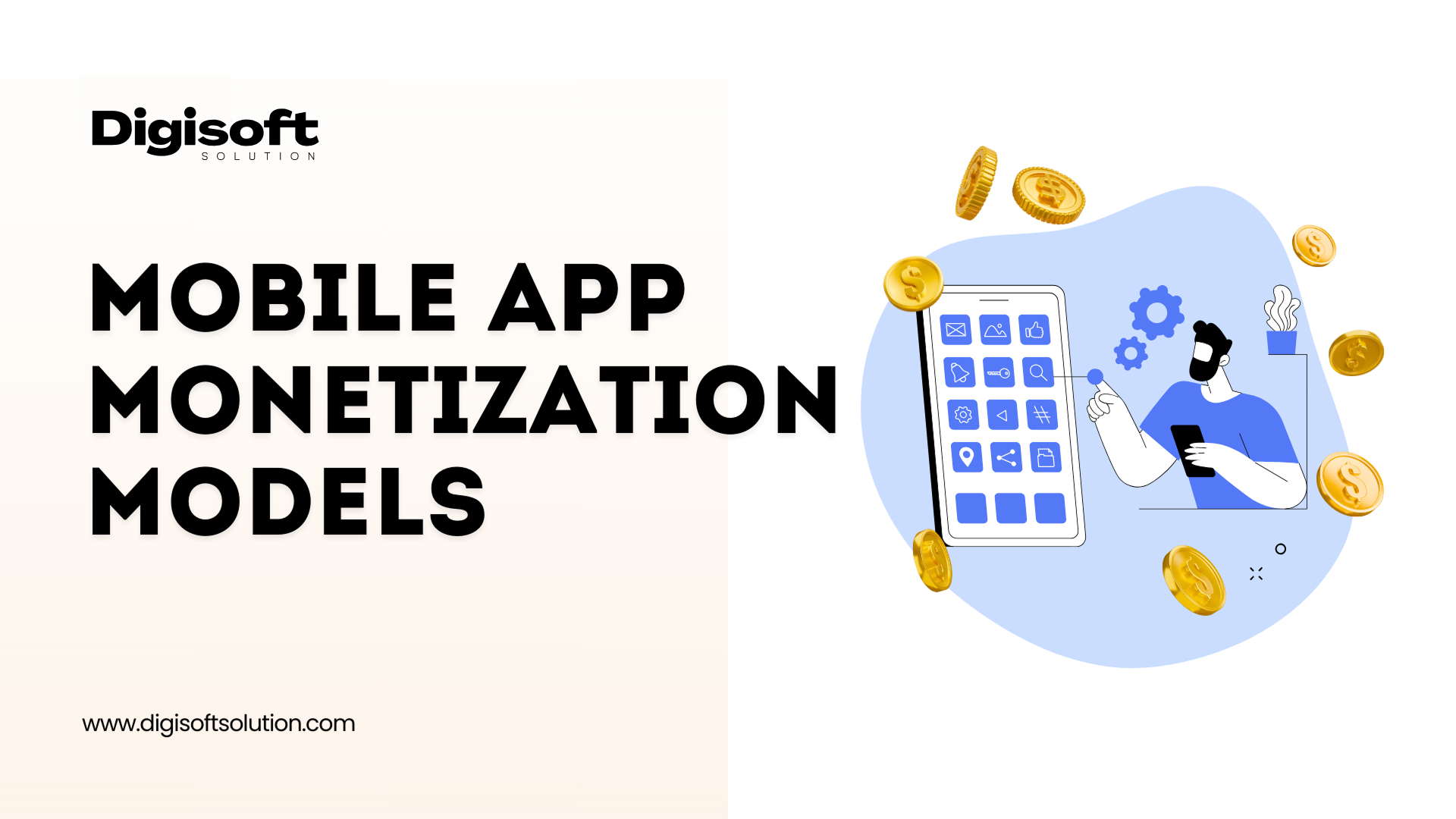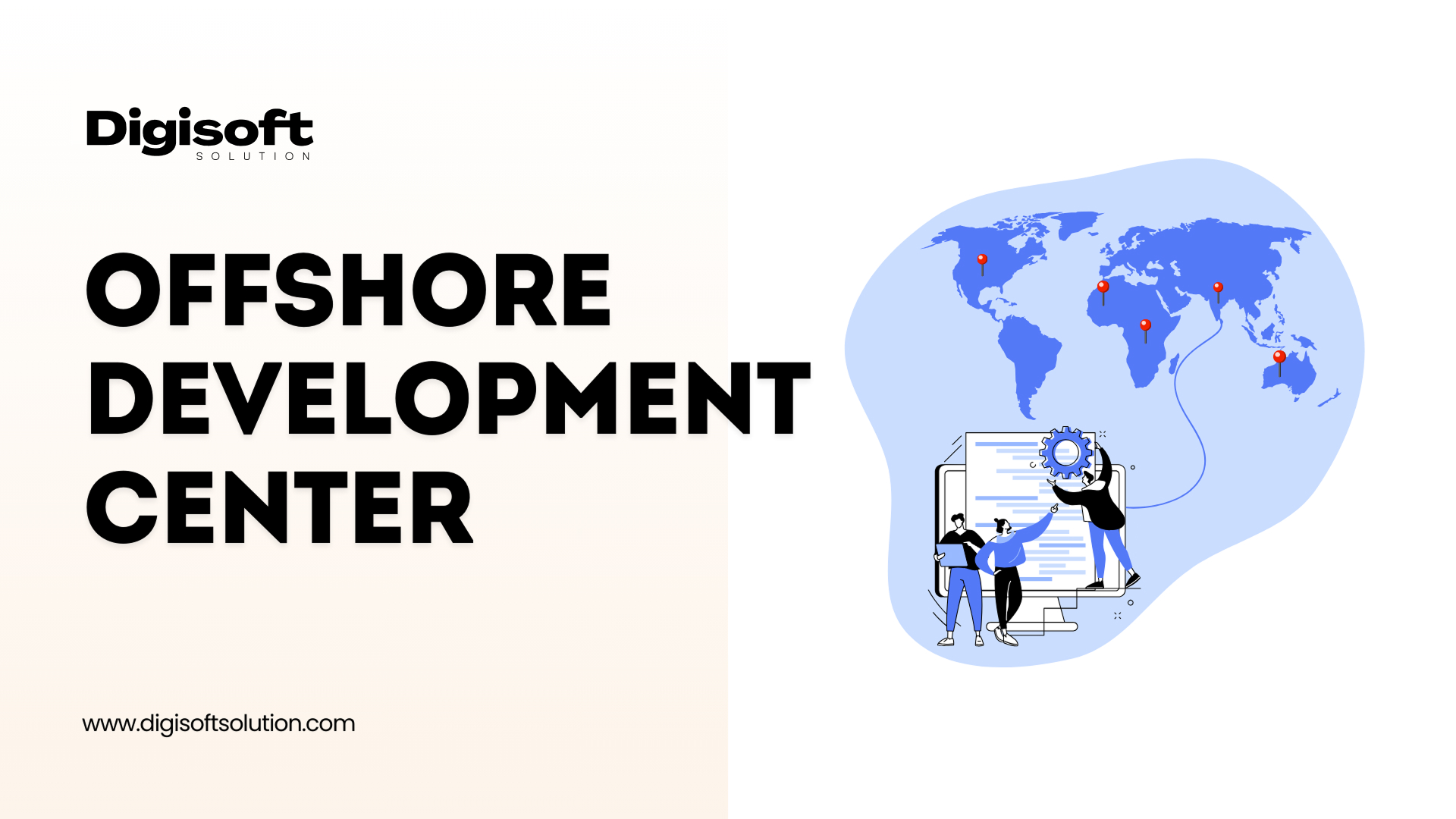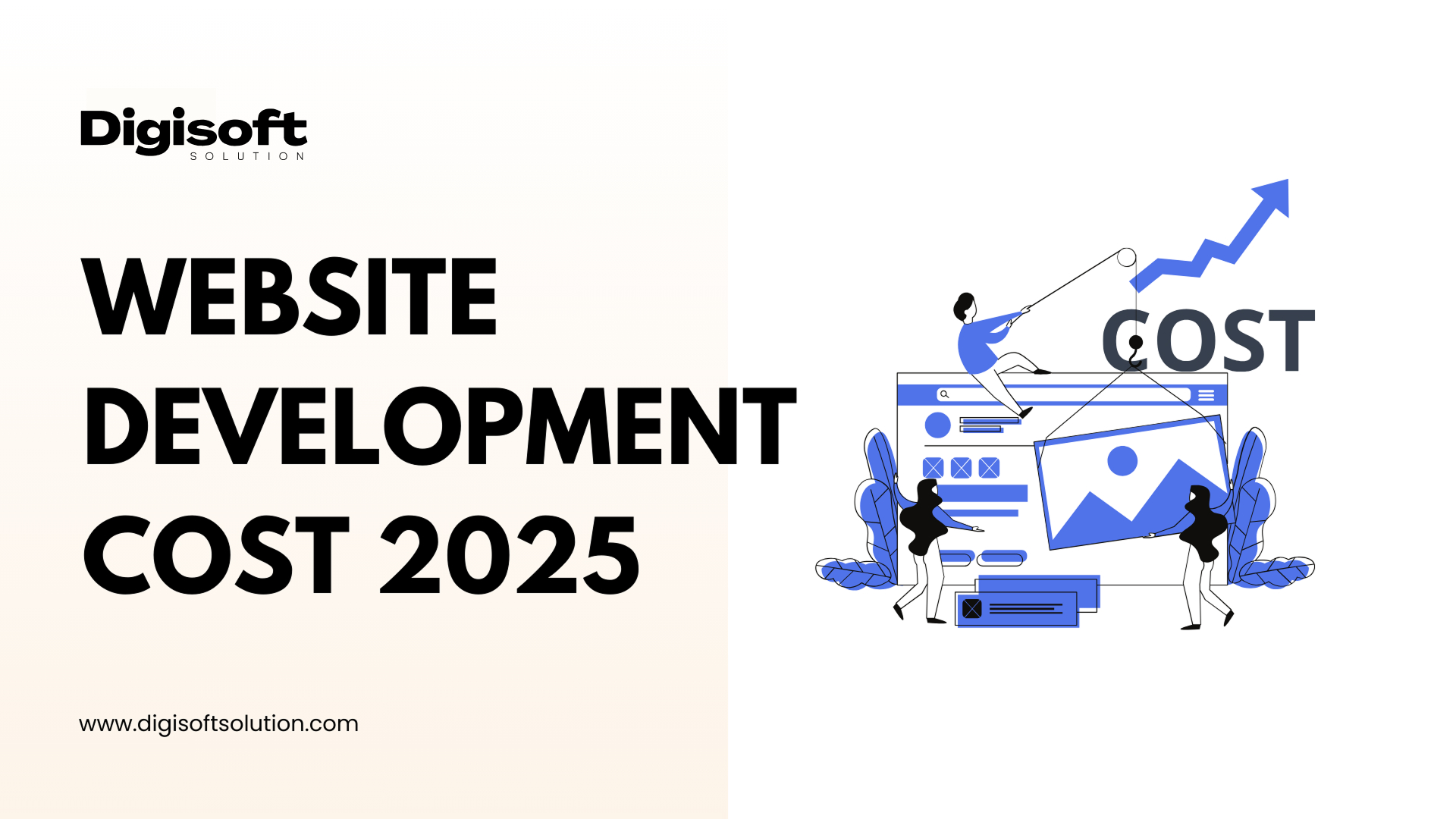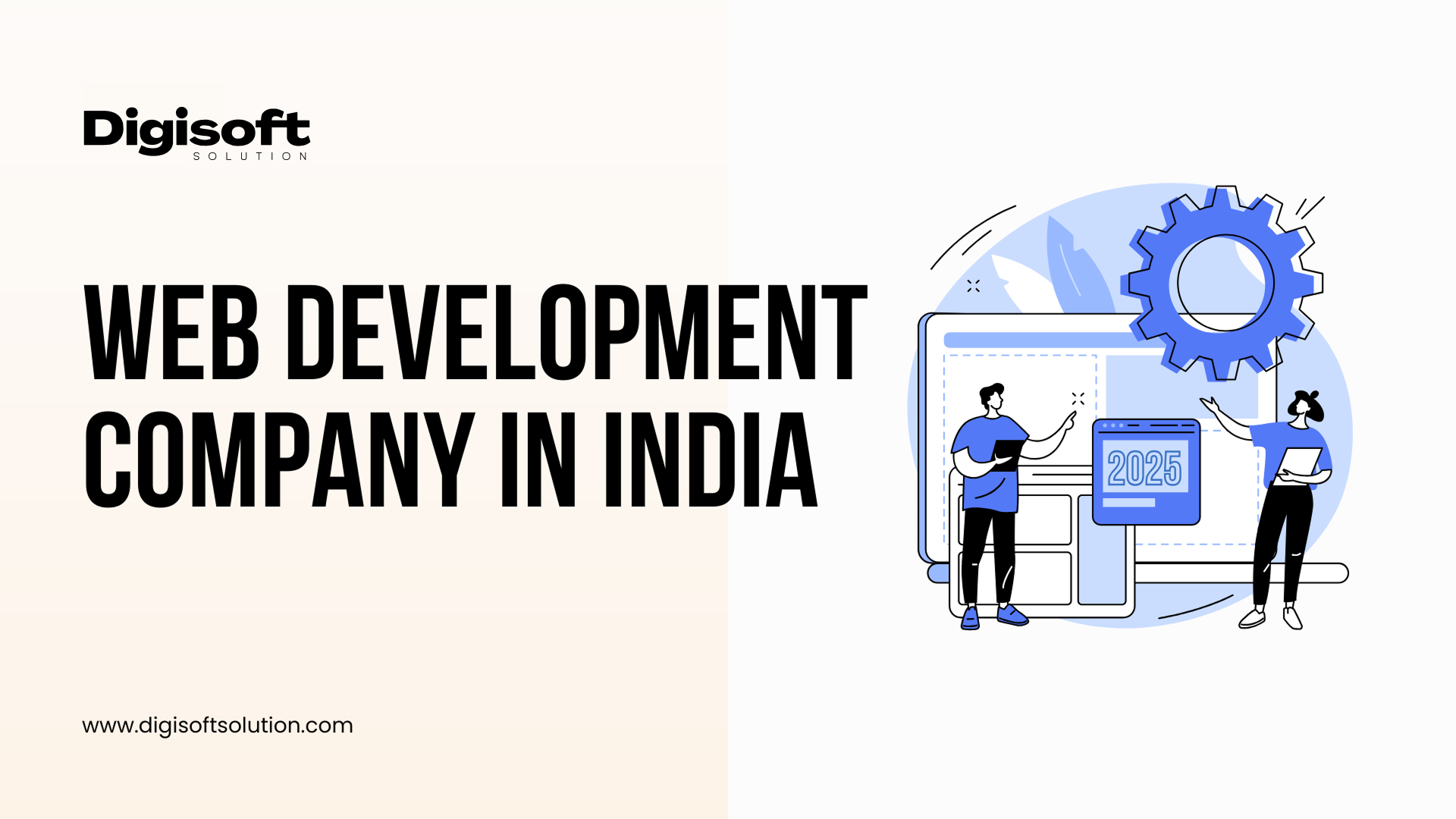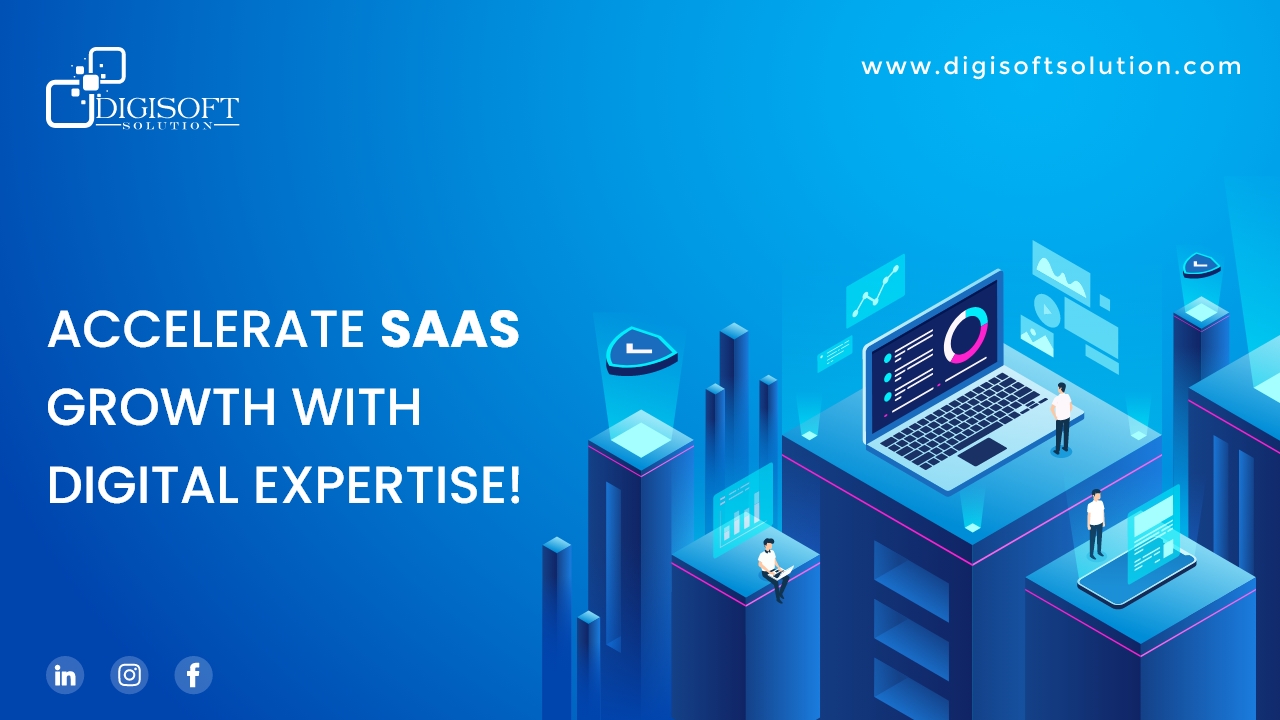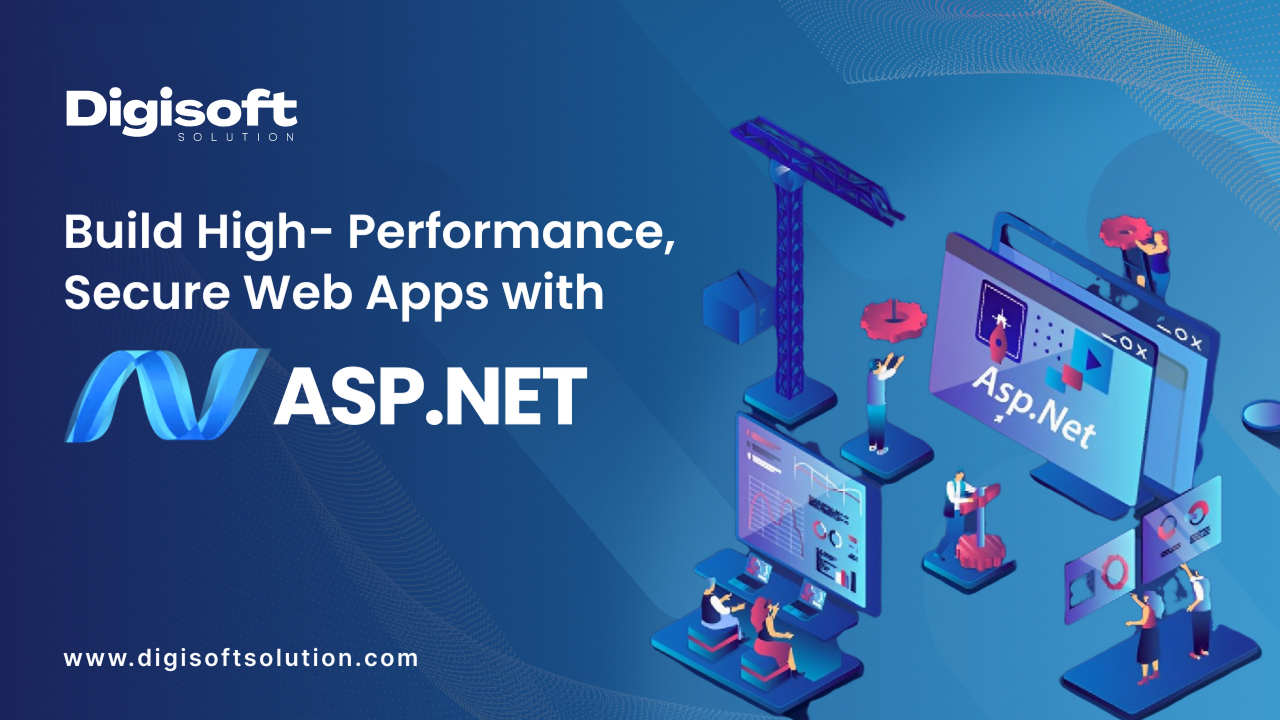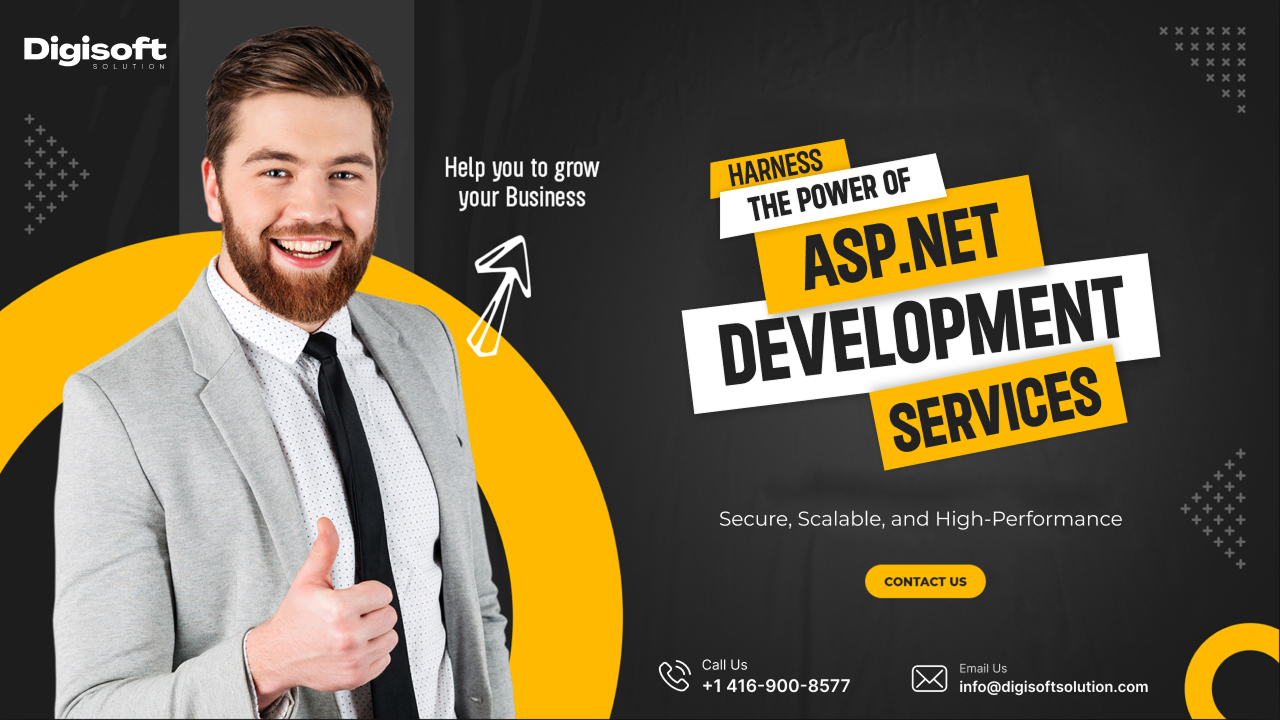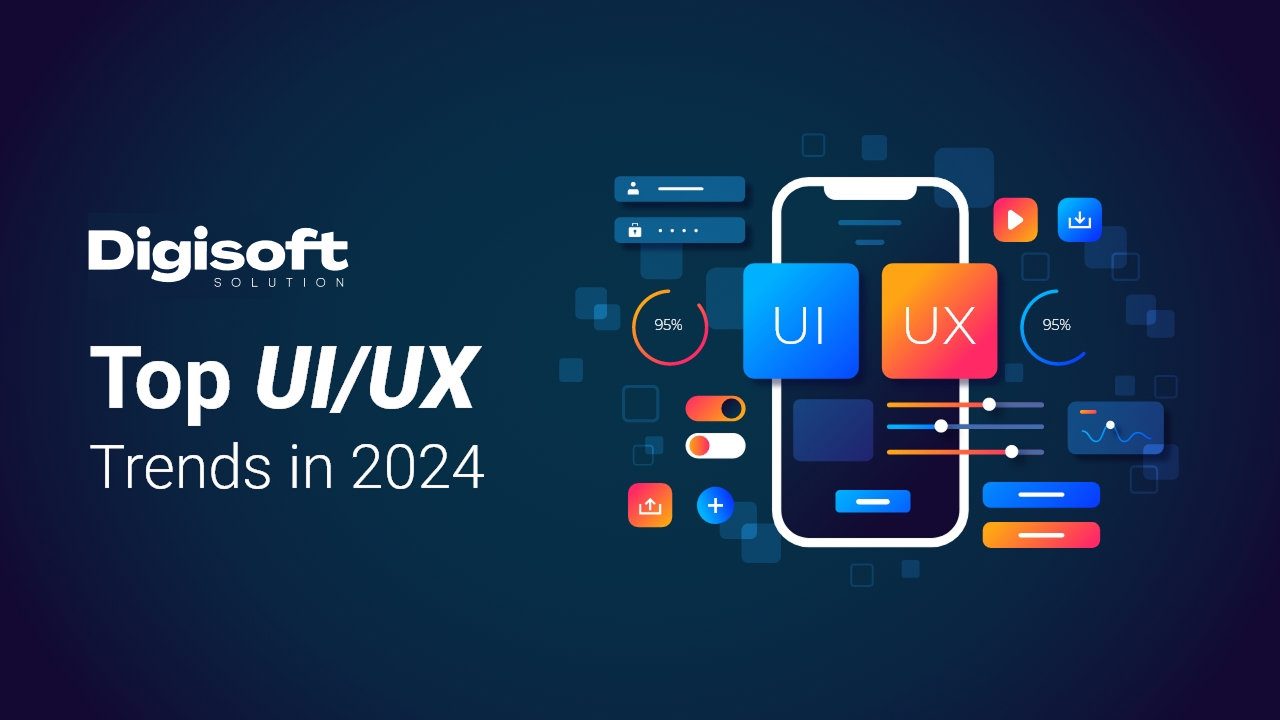Table of Content
- Top Frontend Programming Languages in 2025
- 1. JavaScript
- 2. TypeScript
- 3. HTML and CSS
- 4. Swift
- 5. Dart
- Top Backend Programming Languages in 2025
- 1. Python
- 2. Java
- 3. Node.js
- 4. Ruby
- 5. PHP
- 6. Go (Golang)
- 7. Kotlin
- Programming Language Types
- Key Factors that Made All the Differences Attributed to 2025 Towards Programs and Languages
- Technological Tendencies
- Factors Related to Developer Preference
- Use in Specific Industries
- Emerging Factors
- Latest Development Trends in 2025
- Conclusion
Digital Transform with Us
Please feel free to share your thoughts and we can discuss it over a cup of coffee.
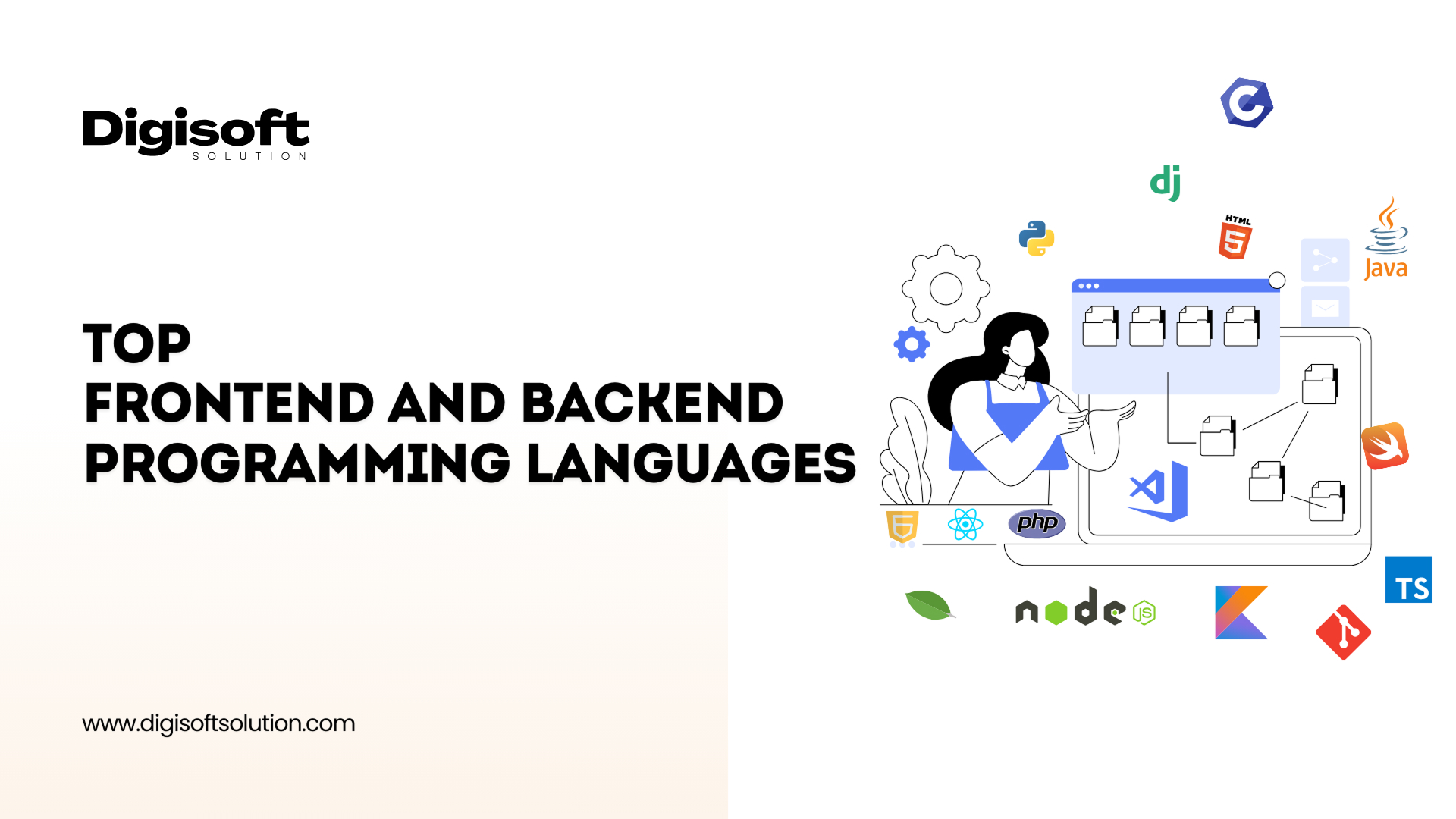
During the life cycle of software development, it is essential to select programming languages at the right time, failure can lead to disastrous effects. Because of the fast pace at which technology is evolving, so too are the tools and languages within which these developers will be working as they have to keep abreast of much more modern trends. As we look towards 2025, it is vital to understand which programming languages will influence the future of front-end and back-end development.
This blog identifies the best programming languages of 2025 alongside their characterizations and applications in writing efficient and secure software applications.
Top Frontend Programming Languages in 2025
The interface and the user experience are the two main concerns in front-end development. These are the most popular front-end development languages that will be used in the future, particularly in the year 2025
1. JavaScript
JavaScript reigns supreme in front-end development. The flexible and excellent ecosystem it provides has made it the prerequisite for interactive web application development. Framework like React.js, Angular, and Vue.js have pushed JavaScript further into its new position, enabling developers to easily construct dynamic single-page applications (SPAs).
Key Features
- Cross-platform compatible
- Rich libraries and frameworks
- Massive community support
2. TypeScript
By adding static typing into JavaScript code, TypeScript is making it more certain and easier to maintain. With large-scale applications, it can be invaluable in cutting down the number of runtime errors from which most of the applications suffer.
Static type checking
- With seamless compatibility with Java Script
- Improved IDE support
3. HTML and CSS
They are not programming languages but still considered the basis of every frontend development. HTML and CSS will shape the content and give it style in a way that makes it visually appealing and responsive.
Basic Features
- Easy to learn and use
- Basic for being responsive
- Heavy support from browsers
```
4. Swift
In addition to being the iOS app development language, Swift is also making an entry into the realm of web-based frontend development. Using SwiftWebUI, it is fast becoming a real alternative for building extremely fast and responsive interfaces.
Key Features
- Optimized for the Apple ecosystem
- Very high performance
- Strong safety features
5. Dart
Dart, which is the language associated with Google’s Flutter, is becoming increasingly common for cross-platform application development. The most important feature regarding this language is the consistent UI for the different devices, or devices which makes this a popular choice for developing applications.
Top Characteristics
- Optimized for Mobile and Web Apps
- Highly Performing
- Very Good Toolchain
Top Backend Programming Languages in 2025
Backend development also incorporates server-side logic coding, including databases and APIs. Here are the languages of backend development expected in 2025
1. Python
Python is known for its simplicity and versatile applications. Not only is it used in web development, further going to data analysis and artificial intelligence, among others, frameworks like Django and Flask make it the most preferred language for developing flexible backend systems.
Key Features
- Simple syntax and readability
- Great libraries available
- Useful for all various fields of application
2. Java
It is the strongest contender even now for enterprise applications. Its robustness and independence from hardware makes it a true friend of backend systems that demand very high security and adaptability.
Key Features
- Independent of platform (Write Once, Run Everywhere)
- Good and sound performance and reliability
- Mature Ecosystem
3. Node.js
Node.js, the runtime environment based on chrome’s V8 engine, provides server-side running for JavaScript. It is really useful in the building of real-time applications, considering its non-blocking, event-driven architecture.
Major Features
- High performance
- Light-weight and quite efficient
- A really huge module library (npm)
4. Ruby
The language Ruby is advocated based on the Rails framework, with reasons that it is simple and productive, and that it is often used to produce MVP rapidly.
Key Features
- Clean syntax
- High productivity
- Strong community support
5. PHP
It is a great option for web development, especially for content-centric websites. It can be said that the development contents such as WordPress and Drupal highly depend on PHP.
Characteristics
- Open Source
- A large community of developers
- Optimized for web development
6. Go (Golang)
Go is developed by Google and rapidly becoming a language for cloud-based applications and microservices. Simplicity and performance make this language quite strong for modern backend systems.
Features
- Fast compilation
- Concurrency support
- Performance that scales
7. Kotlin
A language called Kotlin is used mainly for Android programming, but due to its effects of interoperation with Java and short syntact, it is now starting to gain popularity in backend programming.
Some salient features include
- Sharp in Java interoperability
- Concise expression
- Safety enhancement
Programming Language Types
Procedural programming focuses on organizing programs as a series of procedure calls, where each procedure addresses specific features or tasks. This language education is mostly incidental learning of primary programming with a very accurate procedure or sequential steps, thus it applies for beginners.
- Object-Oriented Programming: It focuses on objects that combine data and the procedures or algorithms that work with that data. Unlike procedural programming, it emphasizes objects over just procedures and logic. These OOP languages have been adapted well specifically to what the world looks at regarding real types and the perfection of code reuse, which adds towards modularity as well as reusability.
- Functional Programming: It treats mathematics as a functional array and a model of immutability. This refers to the application by which it is said to undertake elaborate calculations and parallel processing. Because it avoids the shared states of code and becomes pure functions, it makes speedy predictability regarding codes.
- Logic Programming: It means “rules and facts” specifications. It is the most commonly known form of programming in artificial intelligence and computational linguistics. Such languages define much more regarding “what” than “how.” which is especially effective for scalable problems where the rules are very clear.
- Scripting Languages: Scripting languages are great for tasks like automation, web development, and creating prototypes. They offer speed and flexibility while still being efficient. Just by the criteria of speed, flexibility, and ease of use, scripting is a powerful contender against any other tool.
Key Factors that Made All the Differences Attributed to 2025 Towards Programs and Languages
Technological Tendencies
- Artificial Intelligence and Machine Learning: Python is one of the most preferred languages for deep learning and AI applications because it has powerful libraries like TensorFlow and PyTorch.
- Cloud Computing: Languages like Go and Rust are gaining considerable popularity for developing scalable, efficient applications that make use of cloud services.
- Internet of Things: A large amount of performance and flexibility aspects have contributed towards the increased use of both C++ and Python in loT development.
Factors Related to Developer Preference
- Salary: Languages like Go and Python are followed by lofty salaries and are thus tempting for developers to embrace them.
- Learning Curve: Python and Kotlin are much easier for beginners than Rust as the latter languages are claimed to fit well only to more seasoned developers.
Use in Specific Industries
- Finance: R and Python are languages of choice that are used especially for data analysis and the implementation of financial models.
- Gaming: C++ and C# have become the lingua franca of making games and applications demanding high performance.
- Web Development: For both frontend development and full-stack development, JavaScript and TypeScript are very popular, especially when combined with frameworks like React and Angular.
Emerging Factors
- Sustainability in Programming: Green computing affects programming choices. Developers are now looking into power-efficient languages like Rust to optimize power usage in big systems now.
- Cross-Platform Compatibility: Increasing need for applications that run seamlessly on devices requires that languages such as Dart (used together with Flutter) and Kotlin gain momentum with regard to cross-platform development.
- Cybersecurity Integration: As security challenges increase, languages like Java and Rust are becoming popular choices for building secure systems due to their strong safety features.
Such additional factors just indicate the dynamism in the programming languages and their role towards the journey into the future of technology.
Latest Development Trends in 2025
More new trends are taking on the programming scenarios as they come
- AI and Machine Learning Envelopment: AI-friendly languages like Python and JavaScript now integrate machine learning features into everyday software products.
- Low Code/No-Code Platforms: While traditional programming remains dominant, low-code platforms are growing, enabling non-developers to participate in parts of the software development process.
- Multi-Cloud Deployments: There are some languages such as Python and Node.js that made containerization and hence applied to multi-cloud strategies.
Conclusion
The choice of the right frontend and backend programming languages is key to developing applications that are high in performance and scalability. To make software more competitive and secure, it's important to keep up with the rapidly changing technology trends.
Digisoft Solutions has established itself as a modern application development company with expert services in offering dynamic and high performance applications. Contact us today to know how our expertise can help you build a high-quality customized solution that is beneficial to your business.
Digital Transform with Us
Please feel free to share your thoughts and we can discuss it over a cup of coffee.
 Kapil Sharma
Kapil Sharma


 Parampreet Singh
Parampreet Singh
